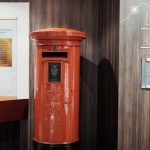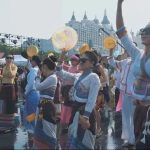Norway is known as the land of a thousand islands because of its long and narrow territory with a winding and extensive coastline. When it comes to Norway’s fjords, they are widely recognized as the best in the world. There are over 1,000 fjords in Norway, all preserving their original ecological beauty.
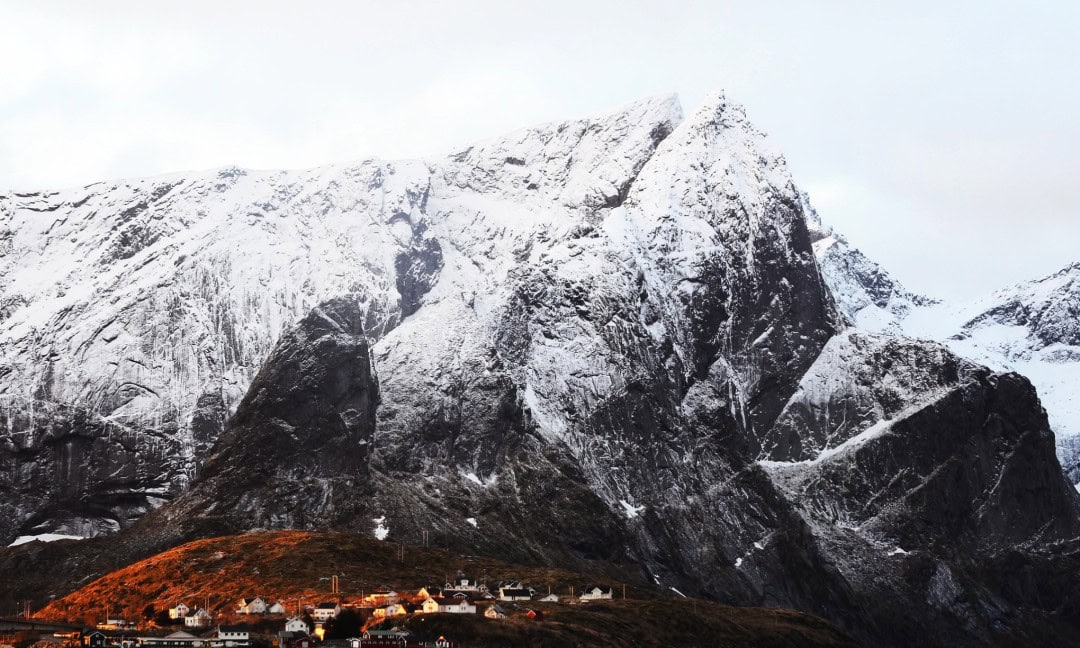
Traveling to Norway is best done via cruise. In this country, which is filled with towering mountains and winding fjords, the ocean is the only way to connect every piece of land. It is praised as “the most beautiful coastal journey in the world.”
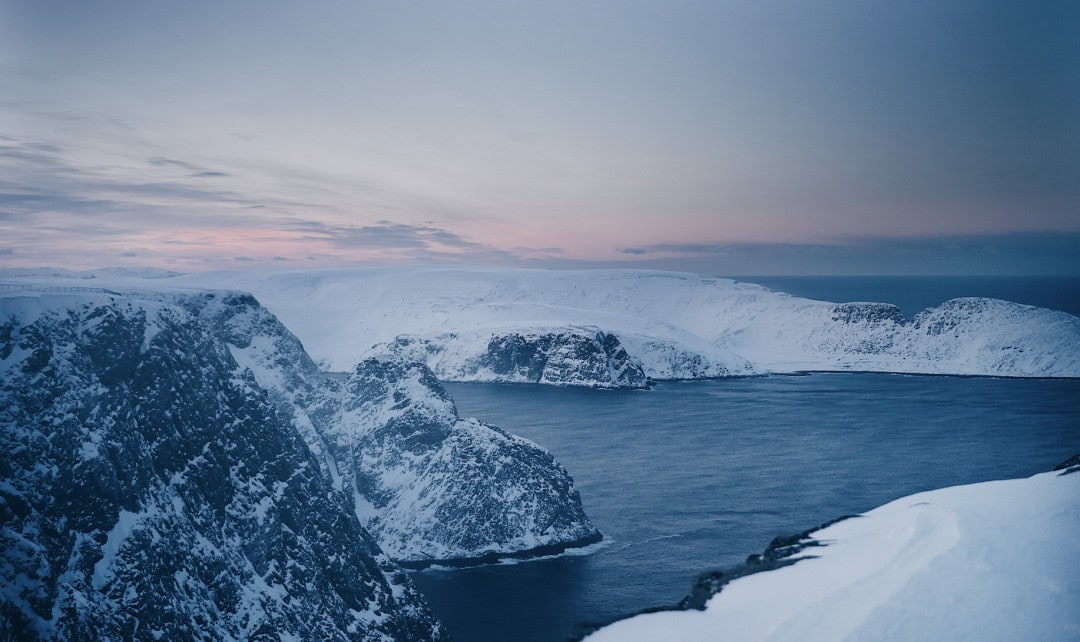
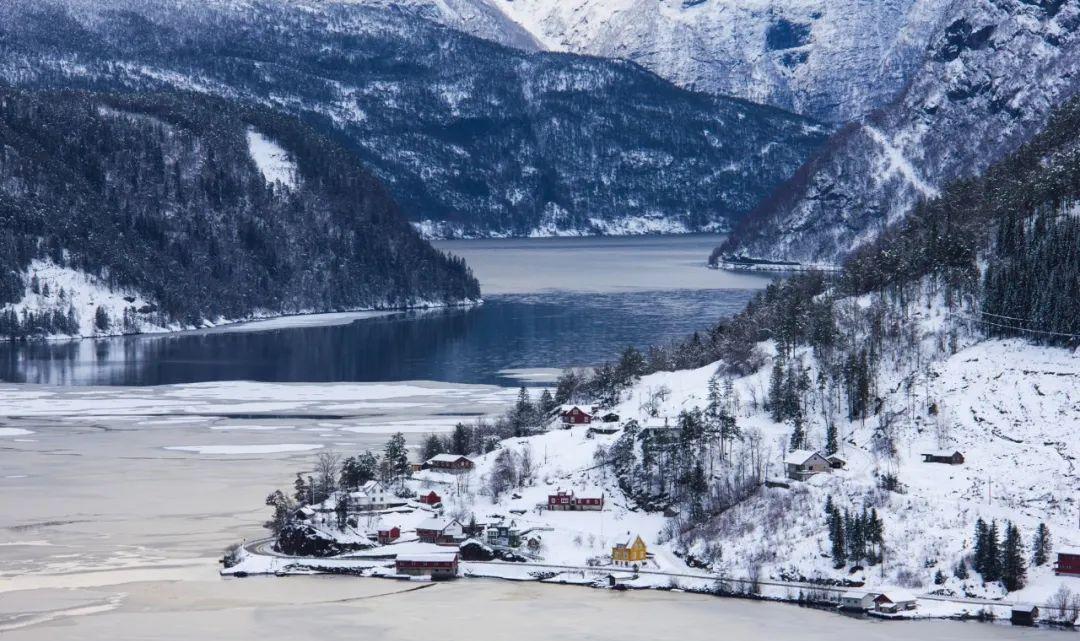
This year is also particularly suitable for a trip to Norway. Scientists predict that from 2024 to 2025, there will be a peak in solar activity, leading to the most frequent and impressive Northern Lights displays in over a decade. On our trip to Norway in January, we did indeed see the Northern Lights.
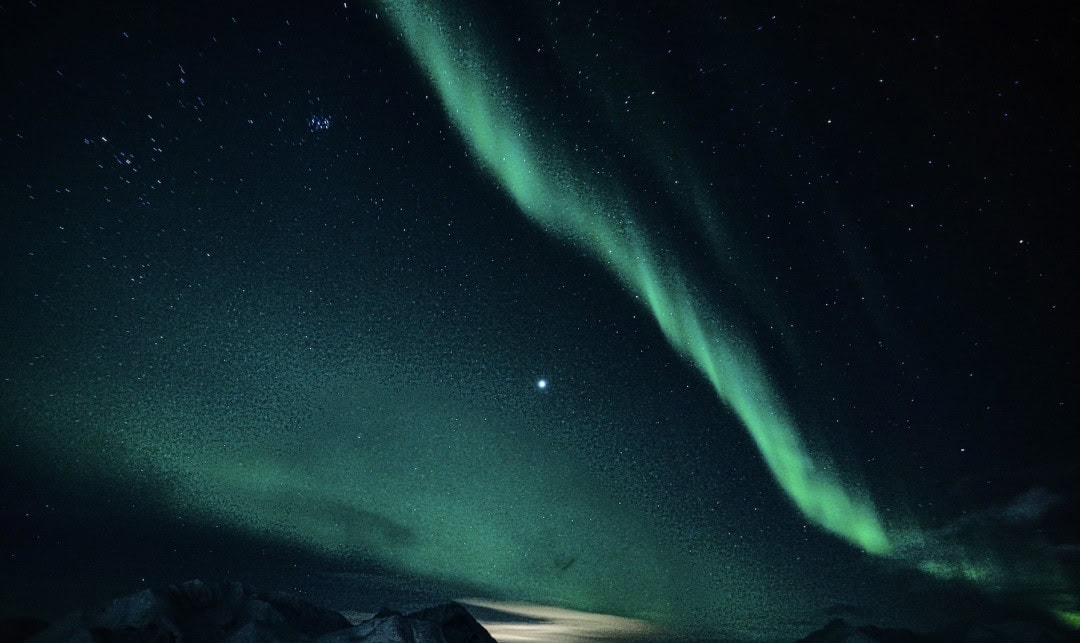
Let’s start with some details about the products:
The Hurtigruten cruise ship MS Kong Harald offers a classic northbound route for 7 days and 6 nights (from Bergen to Kirkenes), starting from 9,999 yuan.
Here are the specific travel dates and prices:
– August 7, 2024: starting from 14,224 yuan;
– August 18, 2024: starting from 13,720 yuan;
– September 20, 2024: starting from 11,852 yuan; there is a chance to see the Northern Lights (but the probability is small);
– October 1, 2024: starting from 11,620 yuan; there is a chance to see the Northern Lights;
– January 30, 2025 (second day of the Chinese New Year): starting from 9,999 yuan. There is a chance to see the Northern Lights.
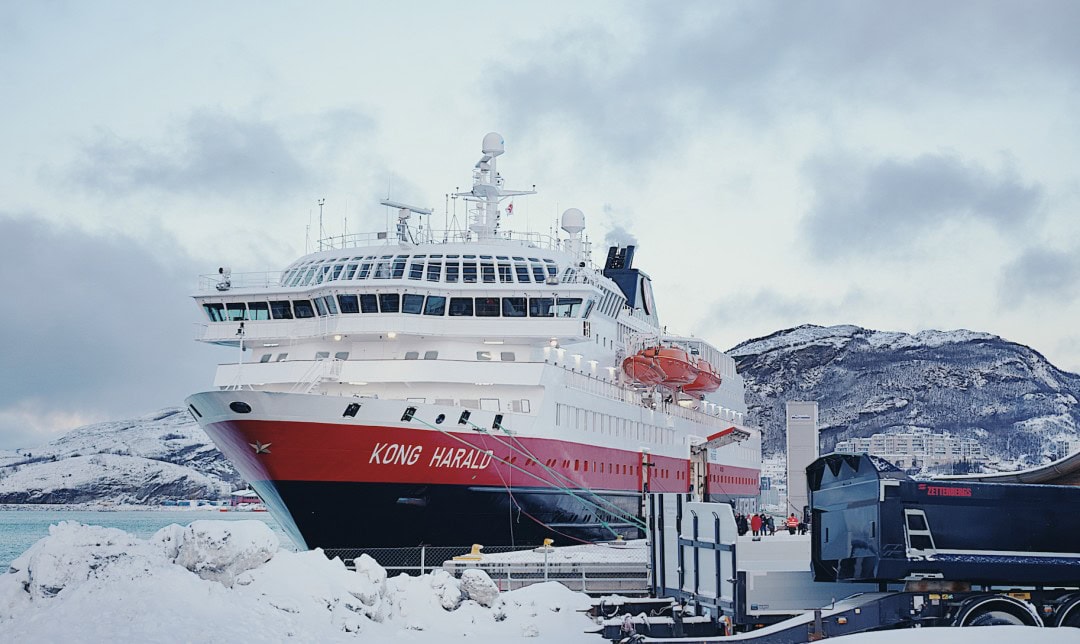
I suggest choosing the Northern Lights routes on October 1 (National Day) or January 30, 2025 (Spring Festival), or the summer routes on August 7 or August 18. Let me highlight the benefits:
1) Good timing
For the trips on October 1 and January 30, there is a significant probability of witnessing the Northern Lights. Moreover, these dates coincide with public holidays. The period from September to March each year is the best time to see the Northern Lights in Norway, with the lights most likely to appear between 5 PM and 2 AM. This route will enter the Arctic Circle, reaching Tromsø, known as the city of the Northern Lights. We saw the Northern Lights during our January visit to Tromsø.
If you travel on August 7 or August 18, it coincides with summer vacation. There are many advantages to traveling in summer, such as extraordinarily long daylight hours. For instance, in Bergen and Tromsø, it can still be light out at 8 or 9 PM in August, giving you plenty of time to explore. Additionally, Norway’s summer is very cool.
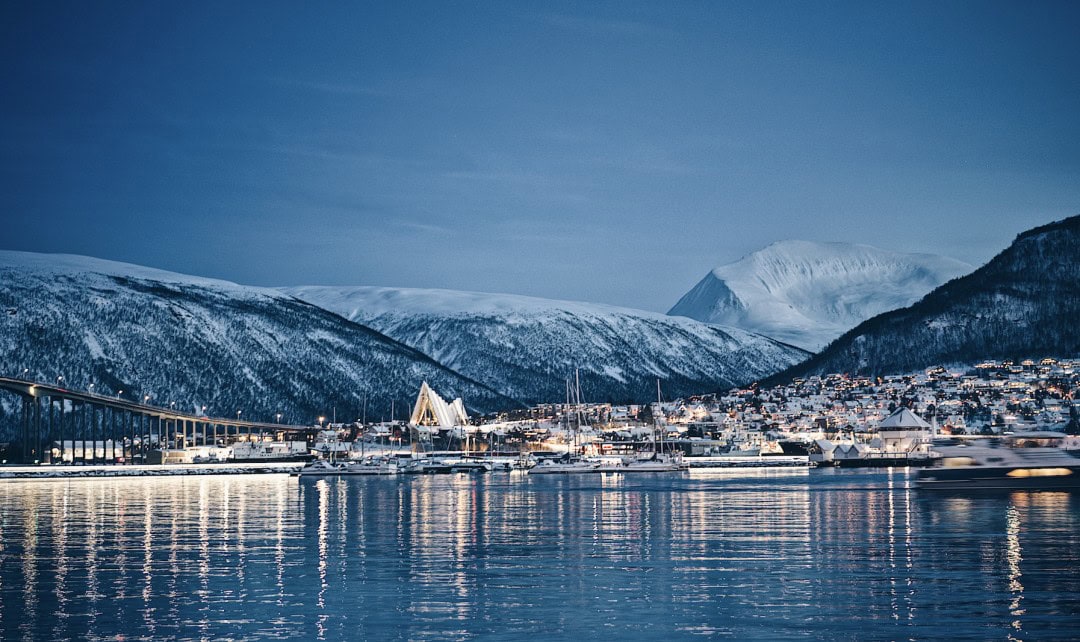
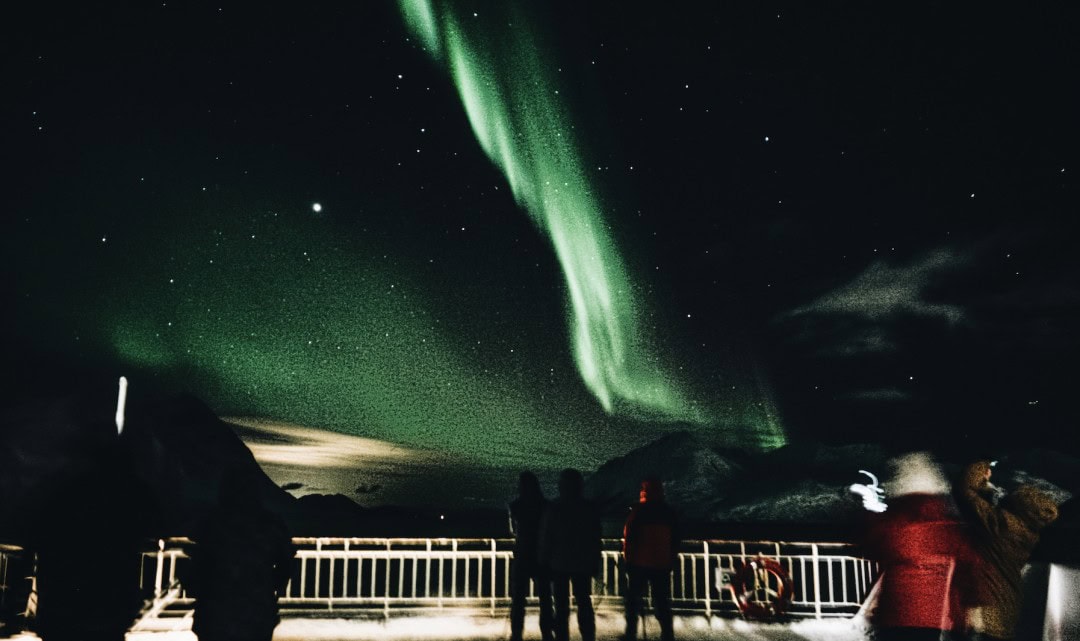
2) The home cruise
This trip is aboard the Hurtigruten MS Kong Harald. Hurtigruten is a Norwegian cruise company with over 130 years of seafaring history and is the founder of this coastal voyage in Norway. It has now developed into a leading brand for exploration cruises worldwide. Hurtigruten primarily operates routes through Norwegian fjords and polar regions (Greenland, Svalbard, Iceland, Antarctica), Alaska, the Americas, and the Northwest Passage. This cruise will be quite different from others; it is an exploration vessel equipped with expedition team members onboard.
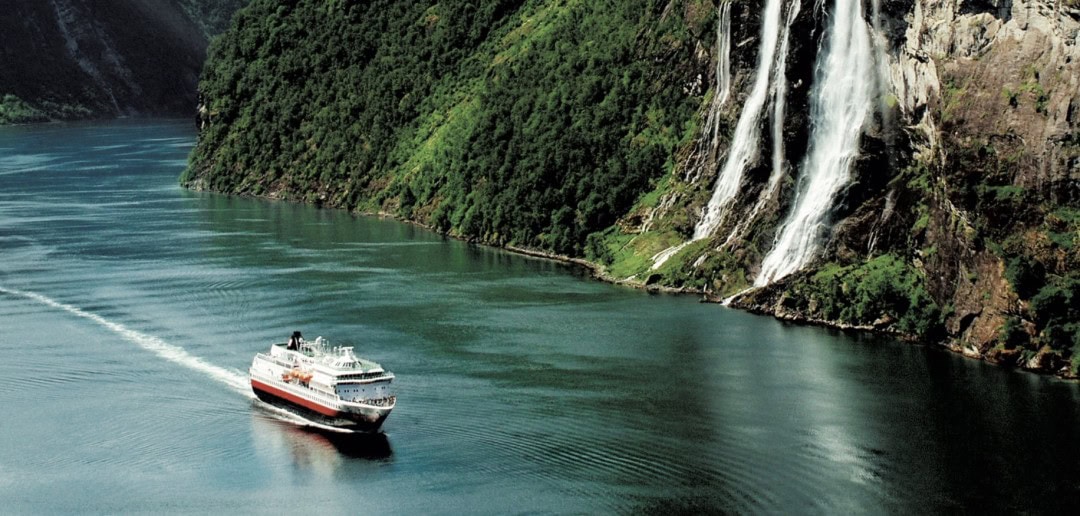
The MS Kong Harald was recently renovated in 2023, upgraded to a more eco-friendly hybrid ship, which will be more stable and quieter during the journey.
Here are some of our actual photos. The interior of MS Kong Harald is designed with a modern and minimalist Nordic style.
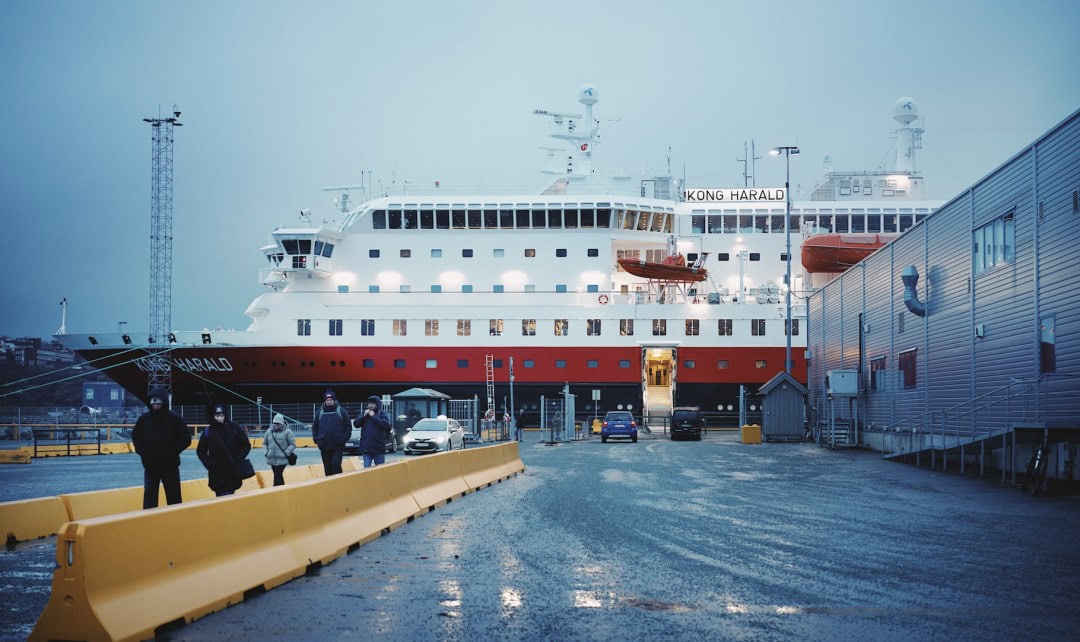
The itinerary of this ship nearly traverses the entire coastline of Norway. Hurtigruten daily purchases local products from ports, ensuring freshness. You can enjoy fresh ingredients from across Norway on board, such as melt-in-your-mouth cod from Vesterålen, award-winning cheese from Lofoten, and high-quality craft beer from Bergen. This is one of the benefits of a home cruise; other non-local cruises do not have such a stable supply chain of local ingredients.
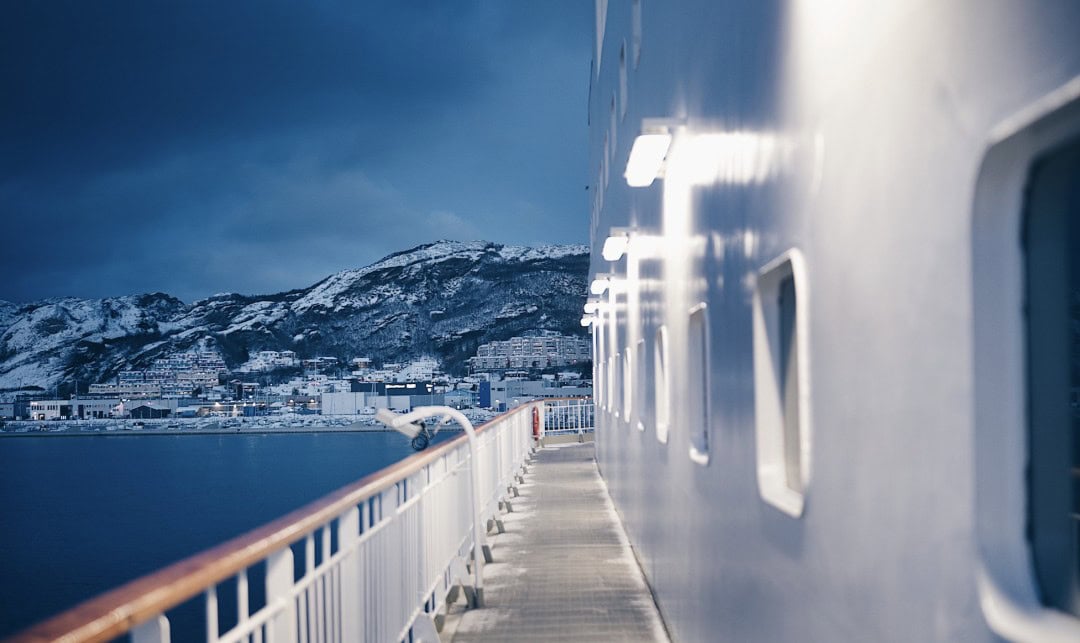
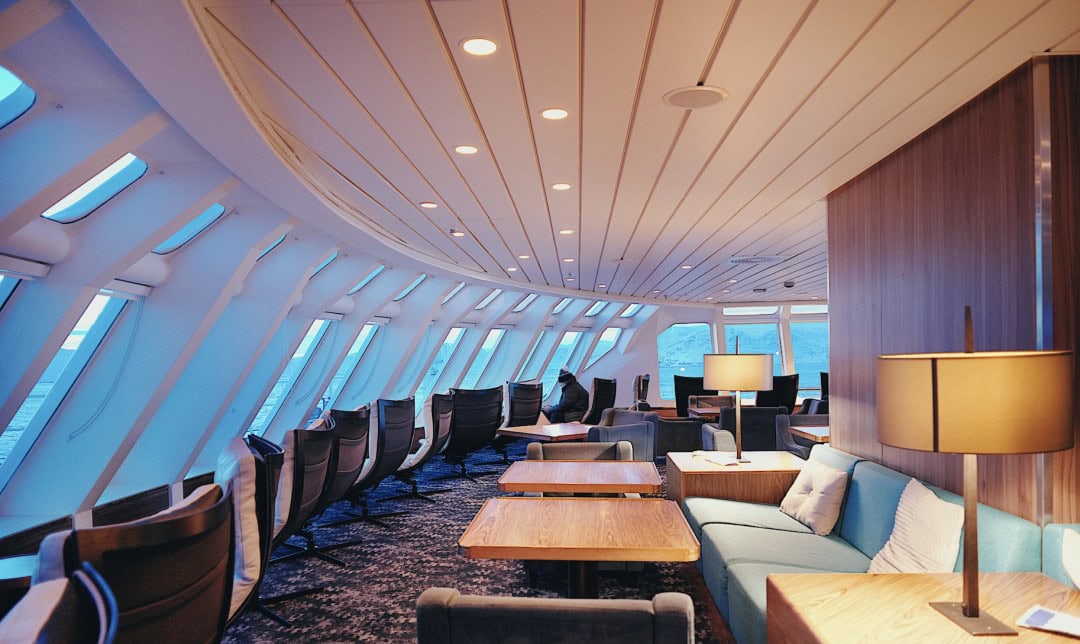
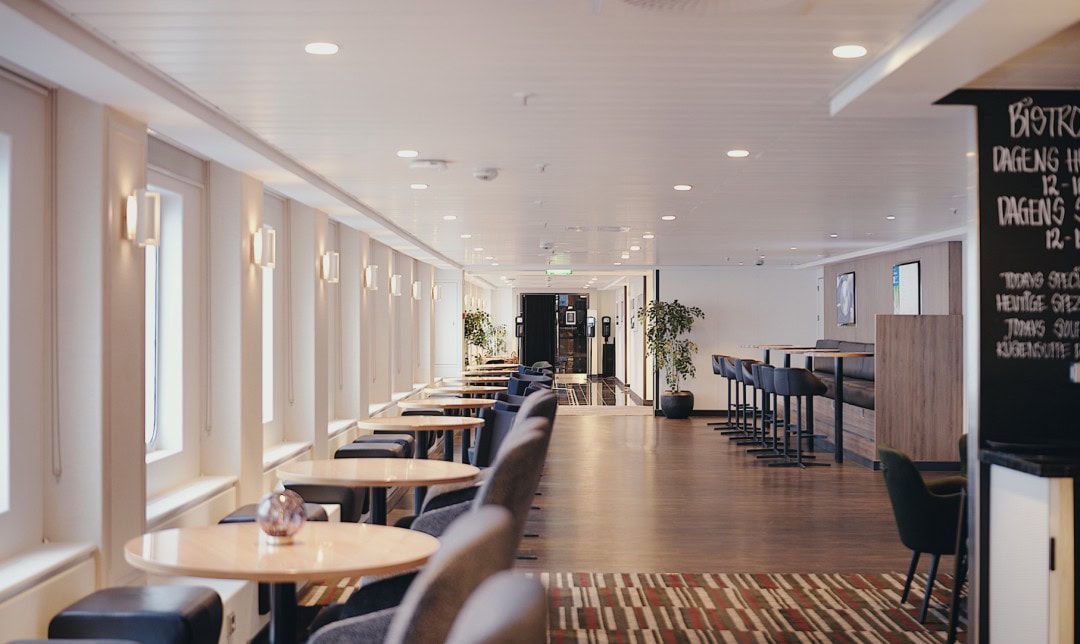
Let me show you the high proportion of local seafood in the meals. However, if you are not accustomed to Western food or prefer hot meals, you might find it challenging to eat comfortably on Hurtigruten. Breakfast and lunch are mostly buffet-style, while dinner is generally a set menu.
3) The scenery along the way is truly beautiful.
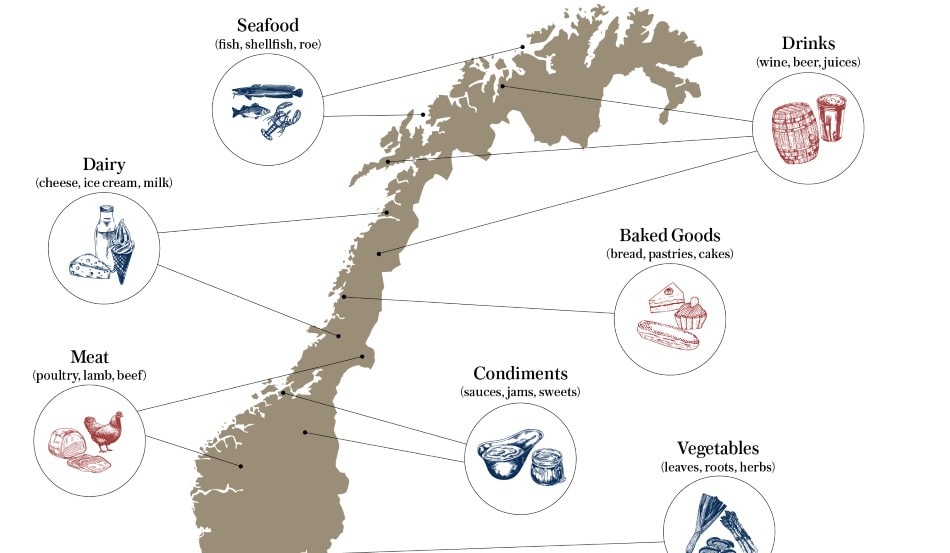
The entire journey features scattered snow-capped mountains and charming small towns. The further north you go, the more it feels like the end of the world. I will share some of our photos. These photos are from winter, and summer offers another kind of beauty.
This route will enter the Arctic Circle, during which there will be a ceremony to present certificates.
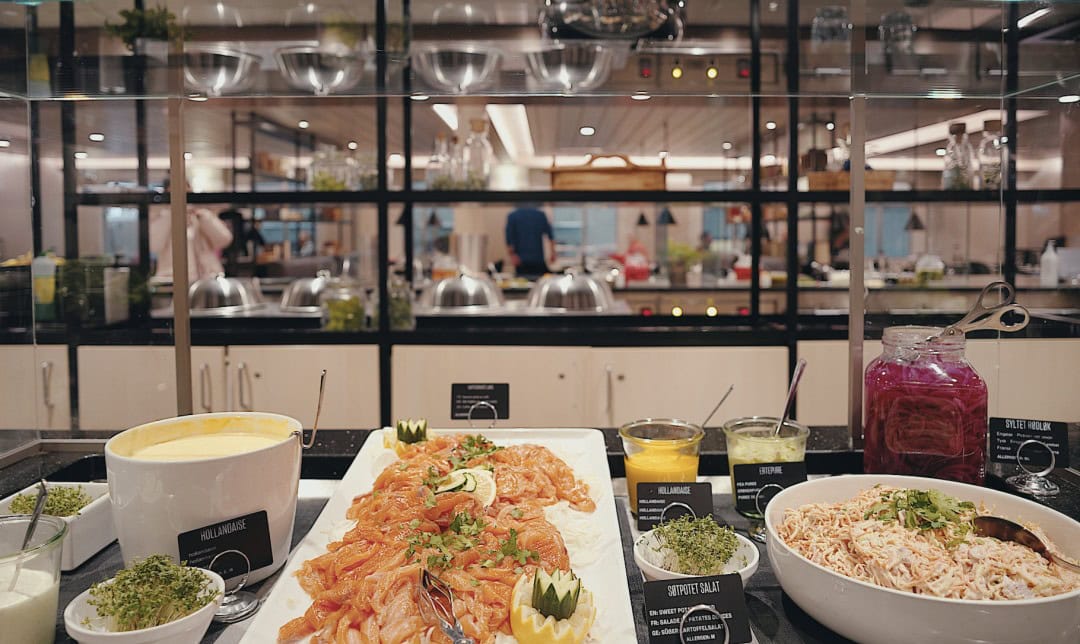
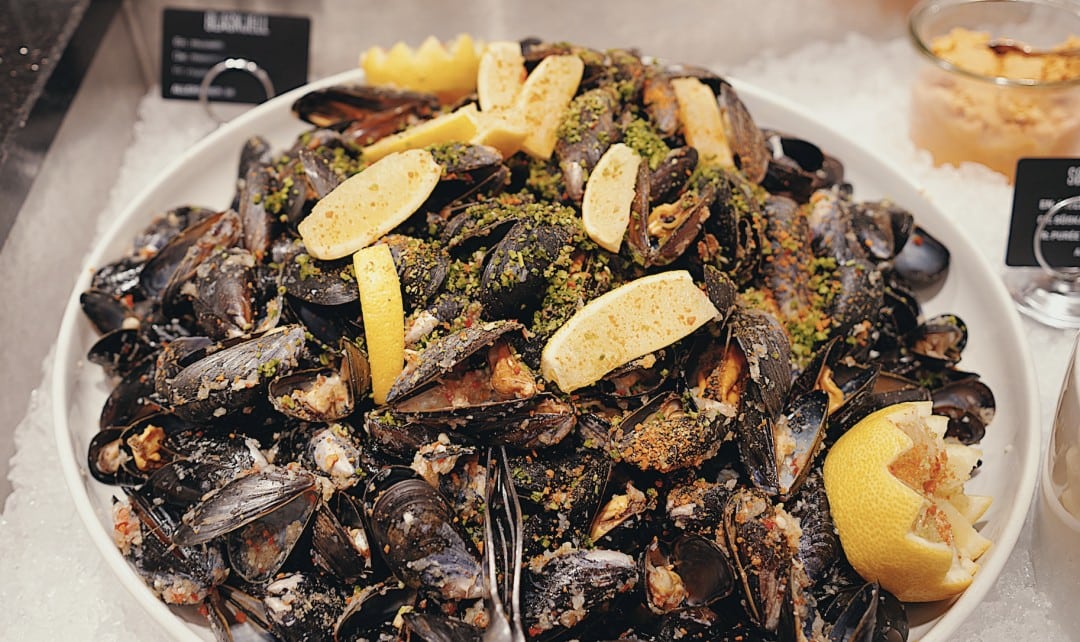
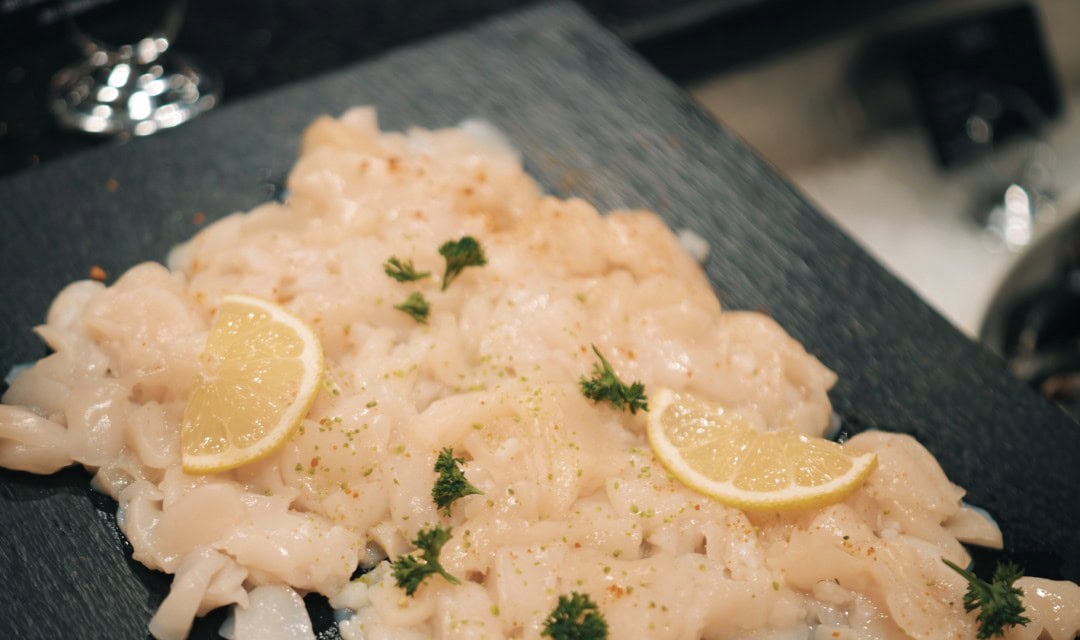
Now, let me detail the itinerary.
This is a 7-day, 6-night northbound voyage from Bergen to Kirkenes. I will introduce each day’s itinerary.
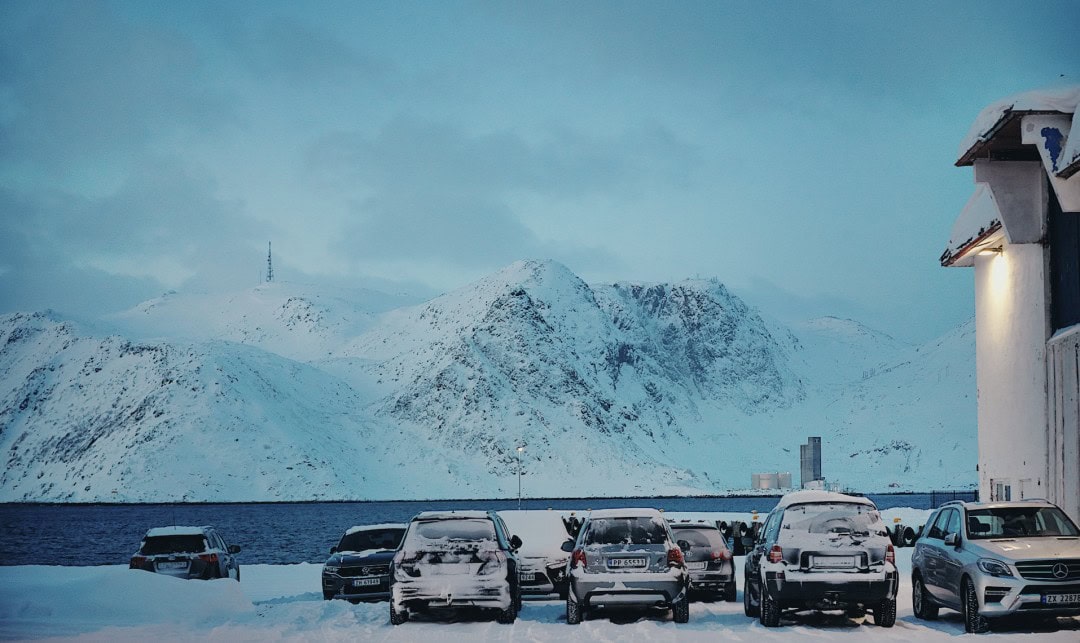
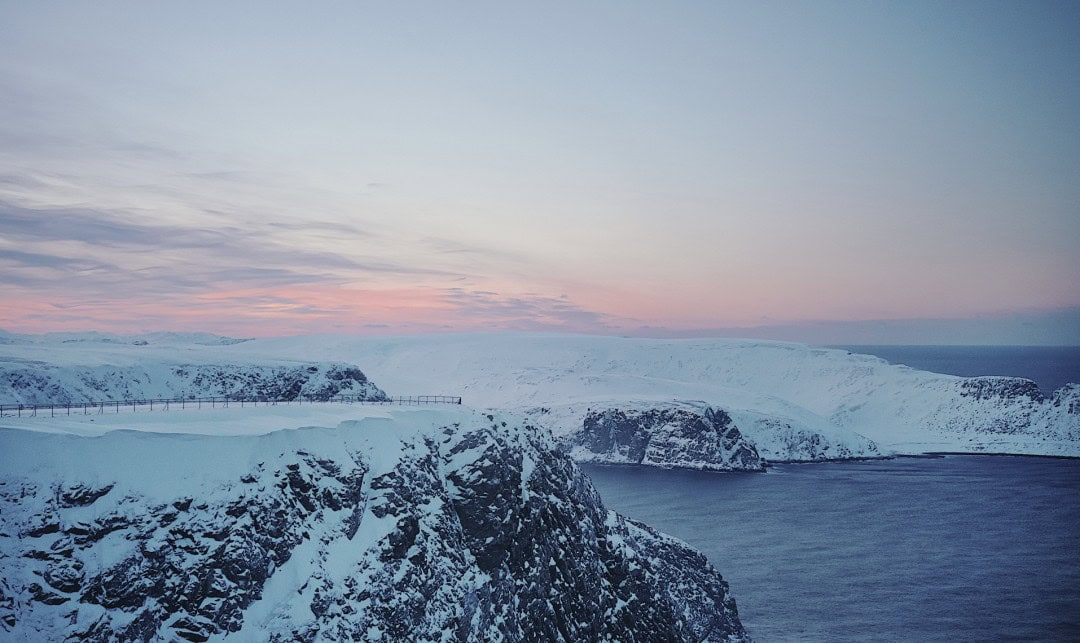
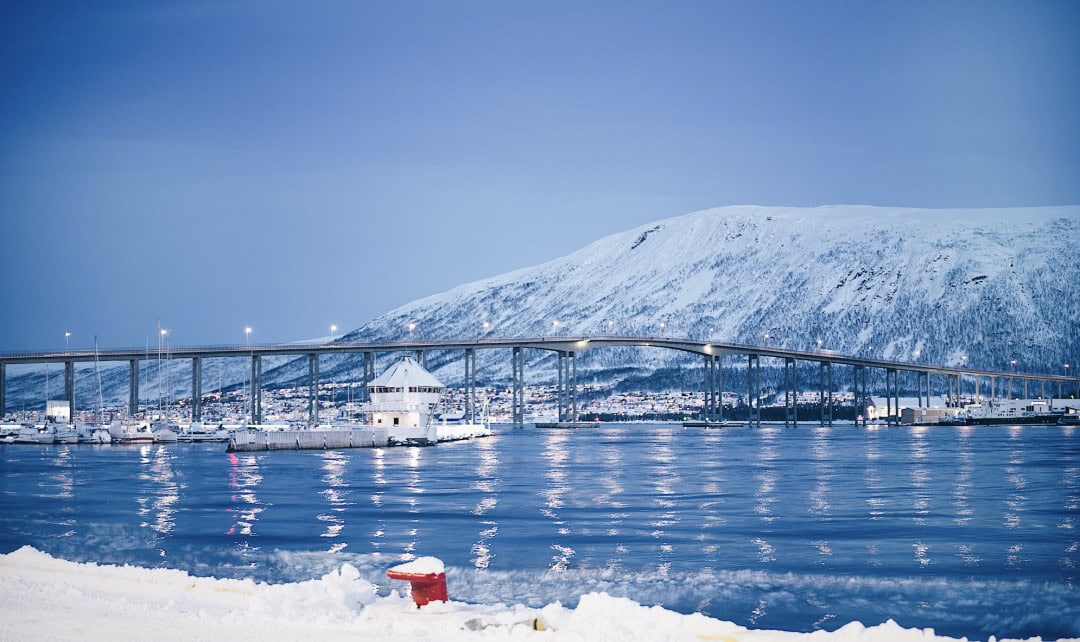
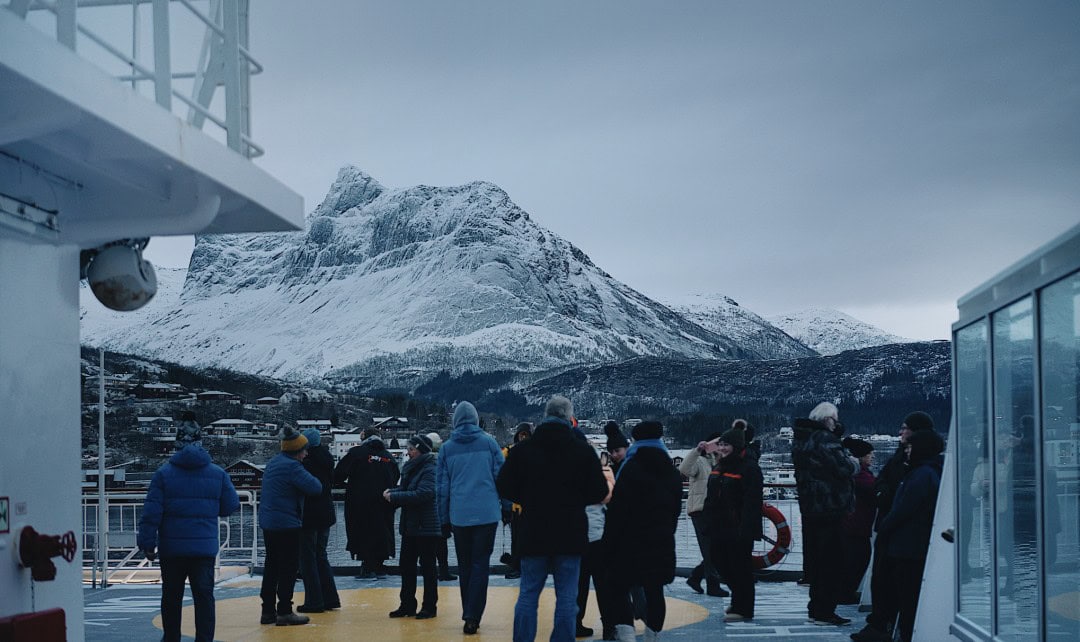
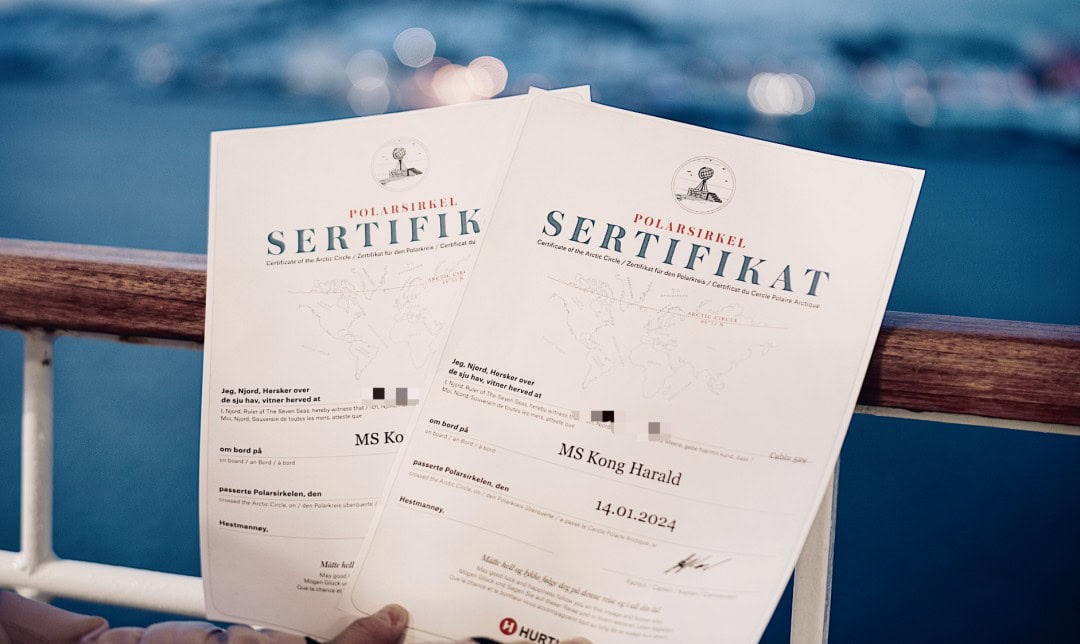
**Day 1:** Embark in Bergen
Bergen is Norway’s second-largest city (after Oslo) and is the gateway to the fjords. When visiting Norway, you can skip the capital Oslo, but you absolutely cannot skip Bergen, a fairy-tale-like city.
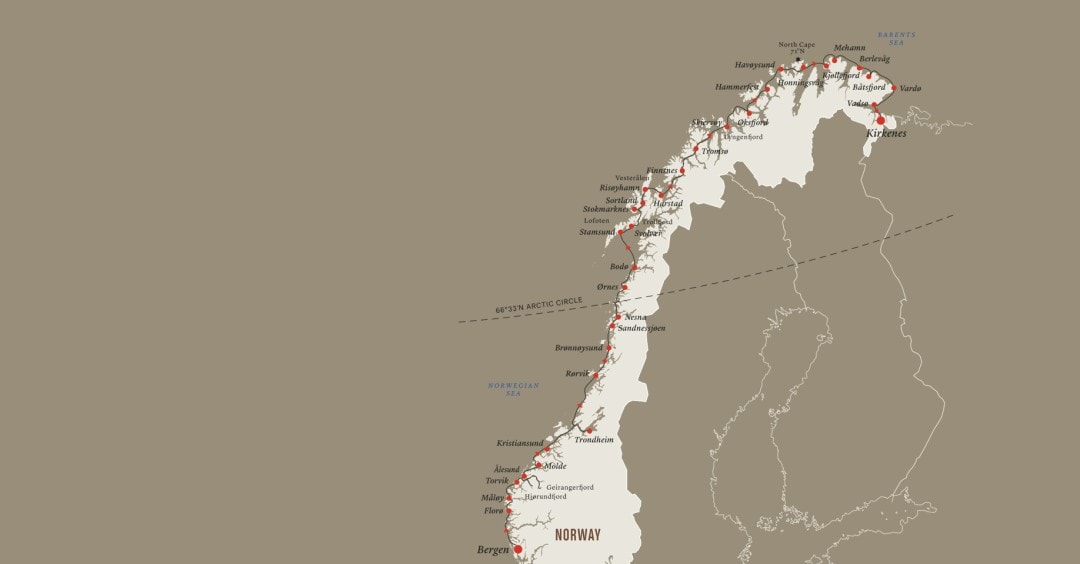
Bergen Airport has a light rail service that connects to the city center. The city of Bergen is quite small; once you arrive, you will naturally find the embarkation dock.
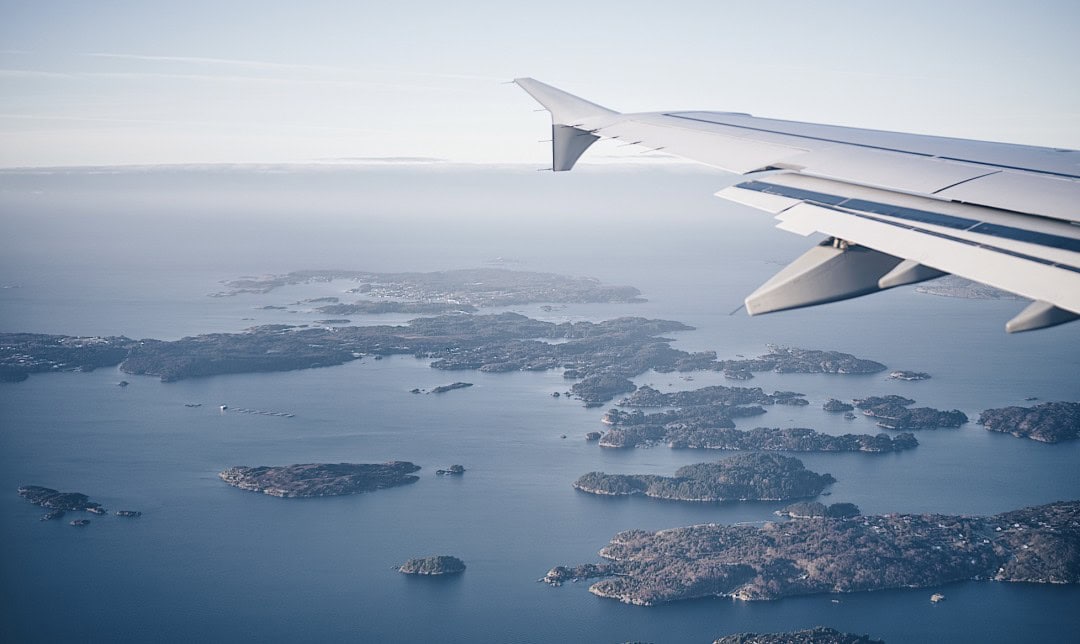
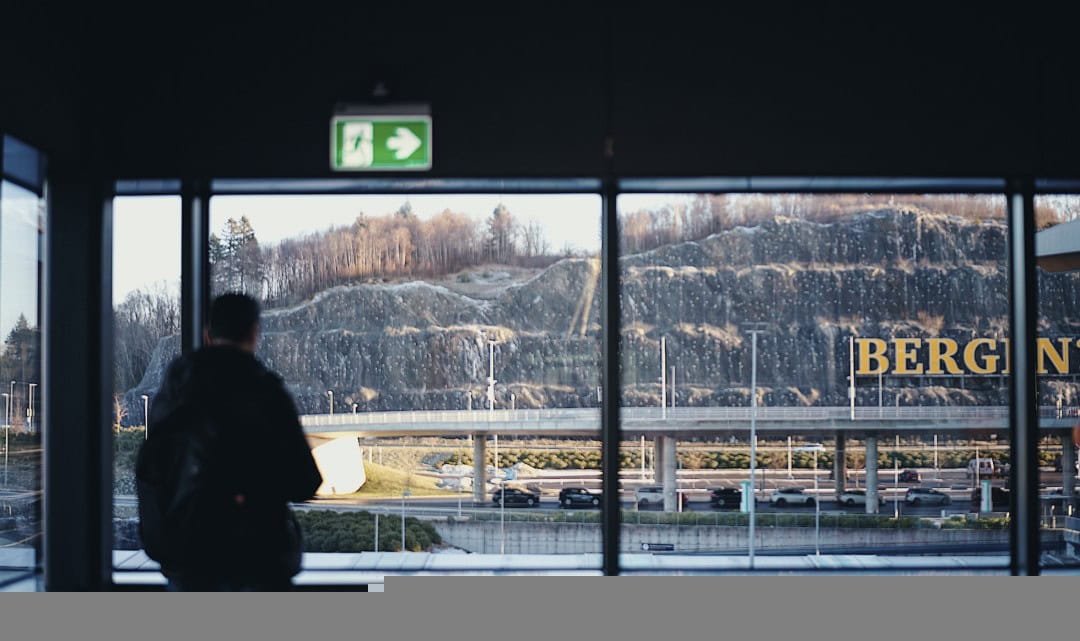
Bryggen is a must-visit spot, featuring a row of colorful wooden houses that once served as a trade center for German merchants in the Middle Ages. It is now a UNESCO World Heritage site and the cultural and artistic center of Bergen, home to many restaurants, cafes, studios, and museums.
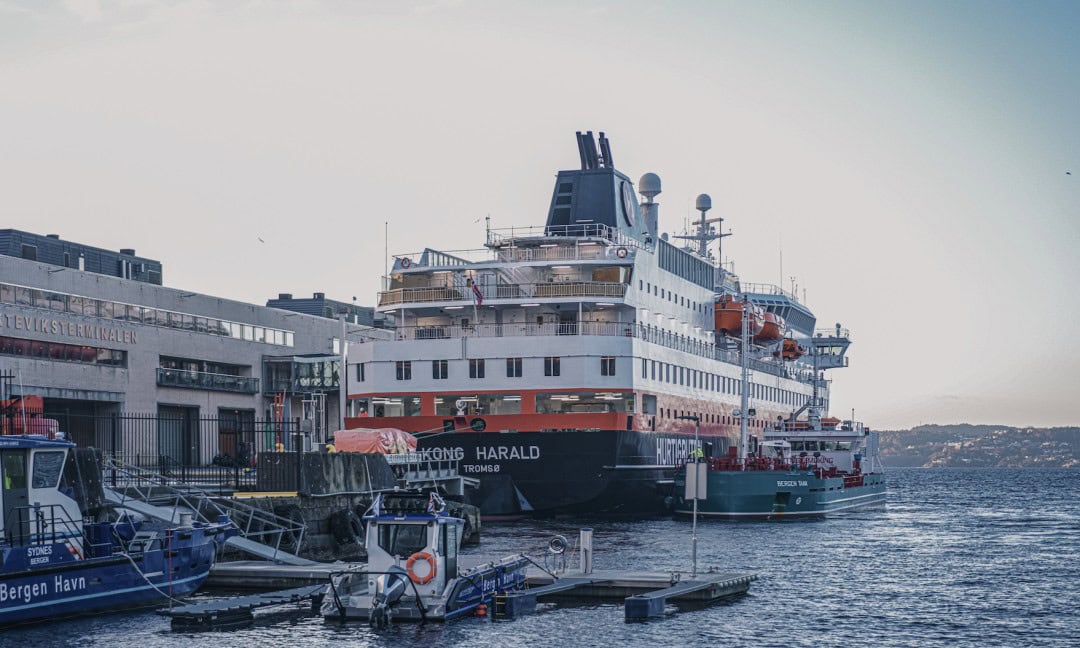
It’s also recommended to take the cable car to the mountain peak, which reaches the summit within a few minutes. This mountain, approximately 320 meters high, is one of the most popular viewpoints in Bergen. You can gaze at the panoramic view of Bergen, enjoy the evening breeze, and wait for nightfall, watching the city lights illuminate.
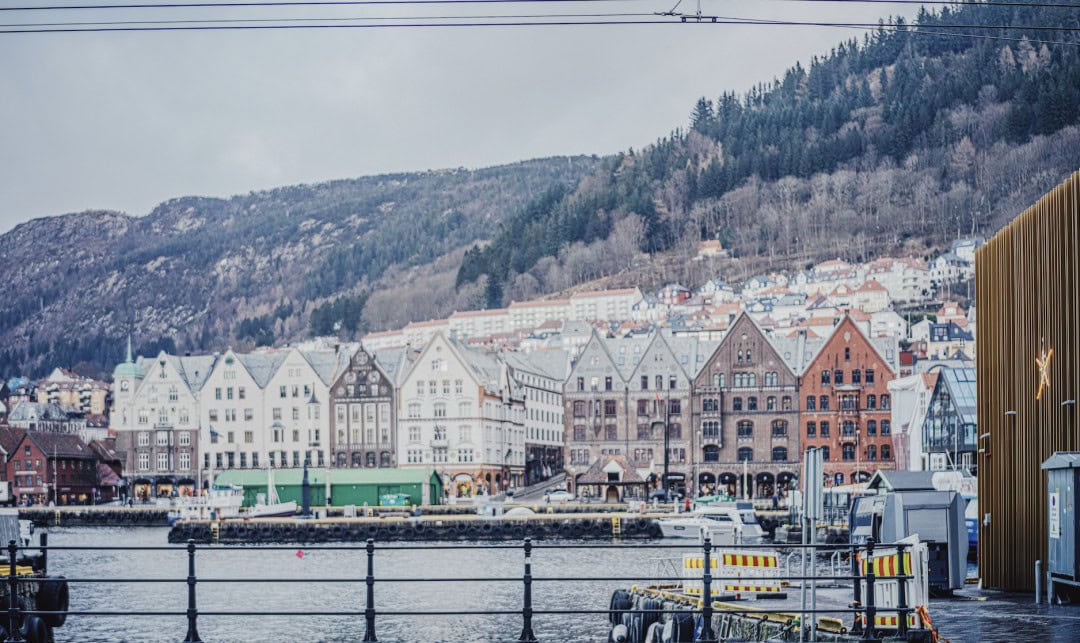
If you have time, you can also visit Bergen’s fish market, where king crabs and seafood are comparatively cheap and fresh, making it a must-see for most tourists.
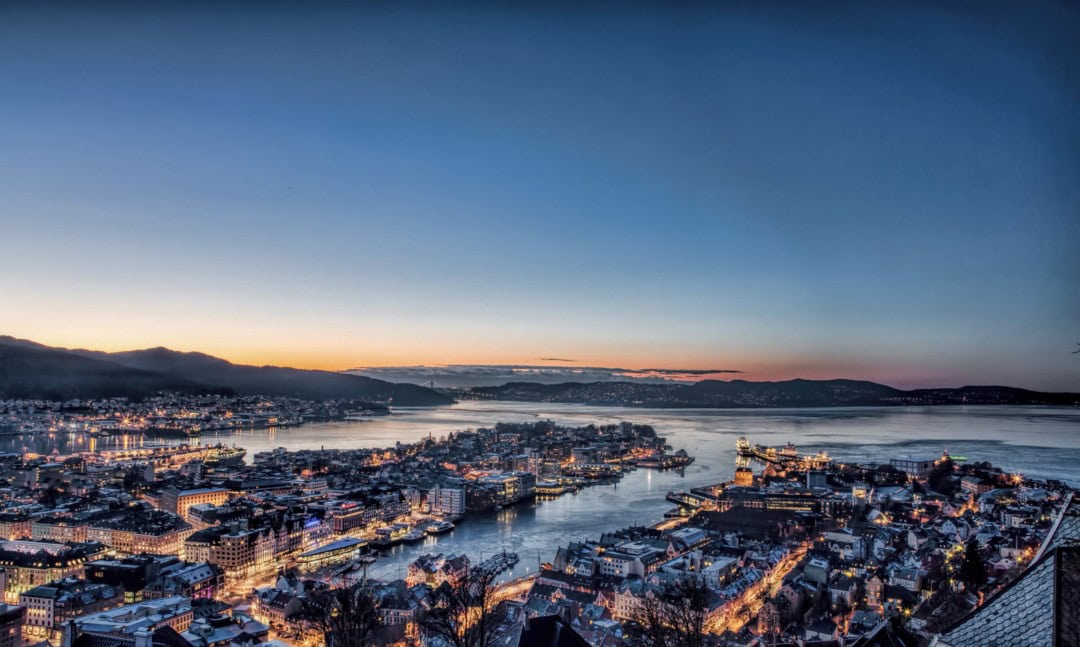
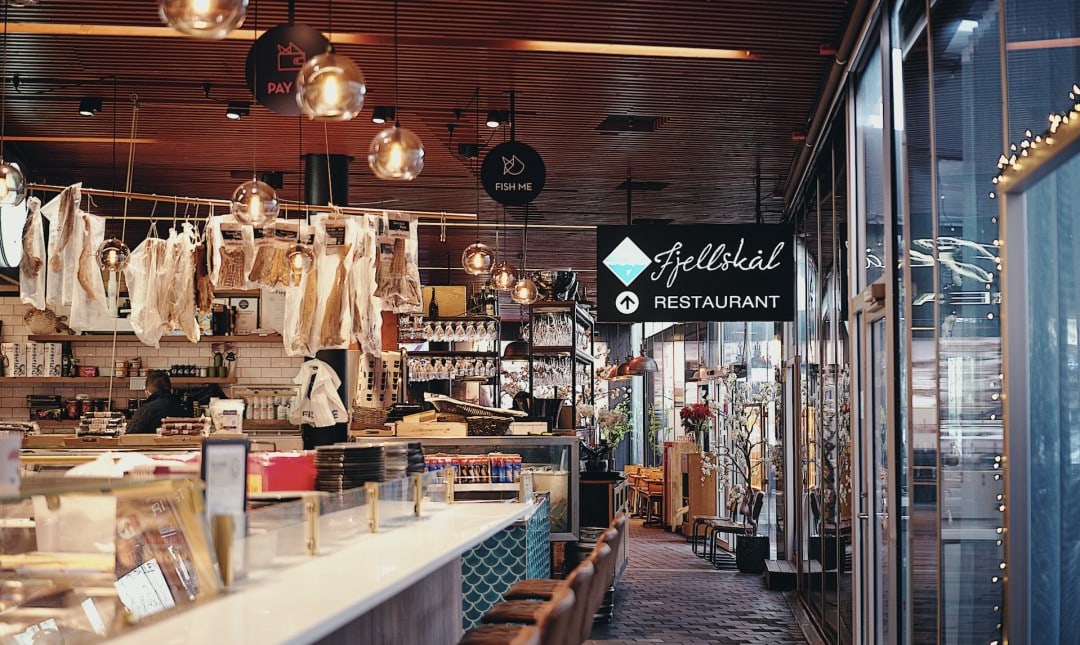
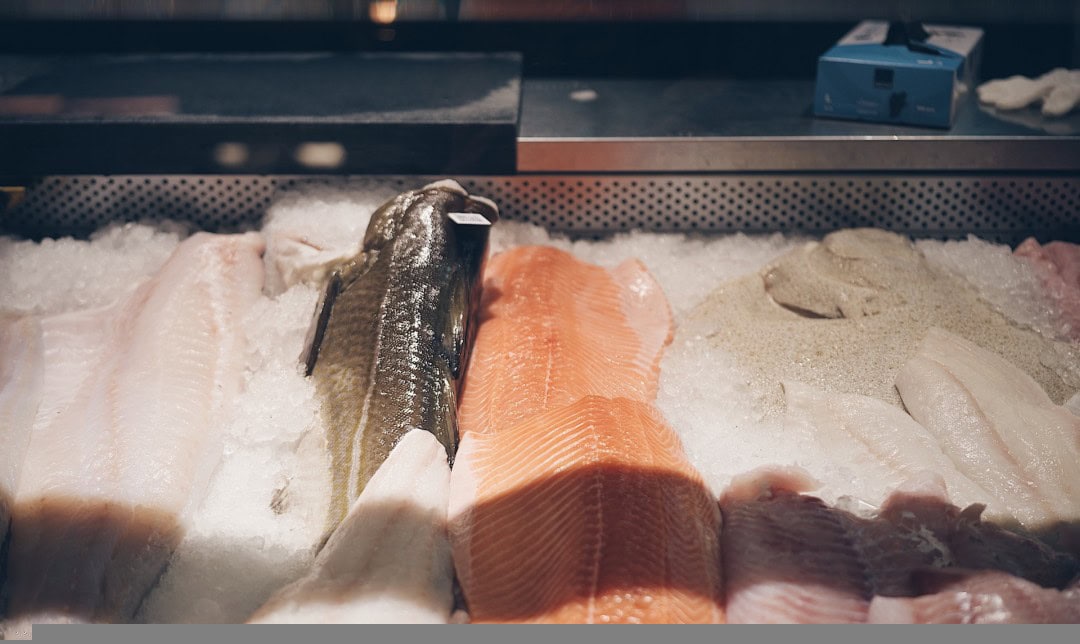
Then, embark on the ship. Bergen’s port is one of Norway’s most important ports and also one of the busiest in Northern Europe, renowned for its magnificent natural scenery and fishing port.
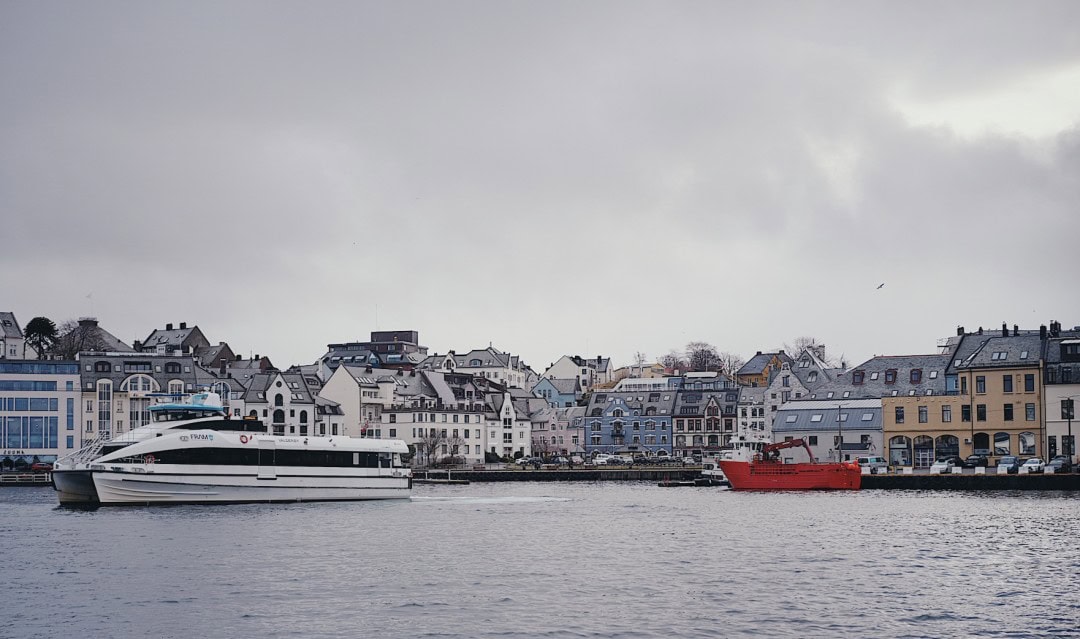
**Day 2:** From Florø to Molde; main stop in Ålesund.
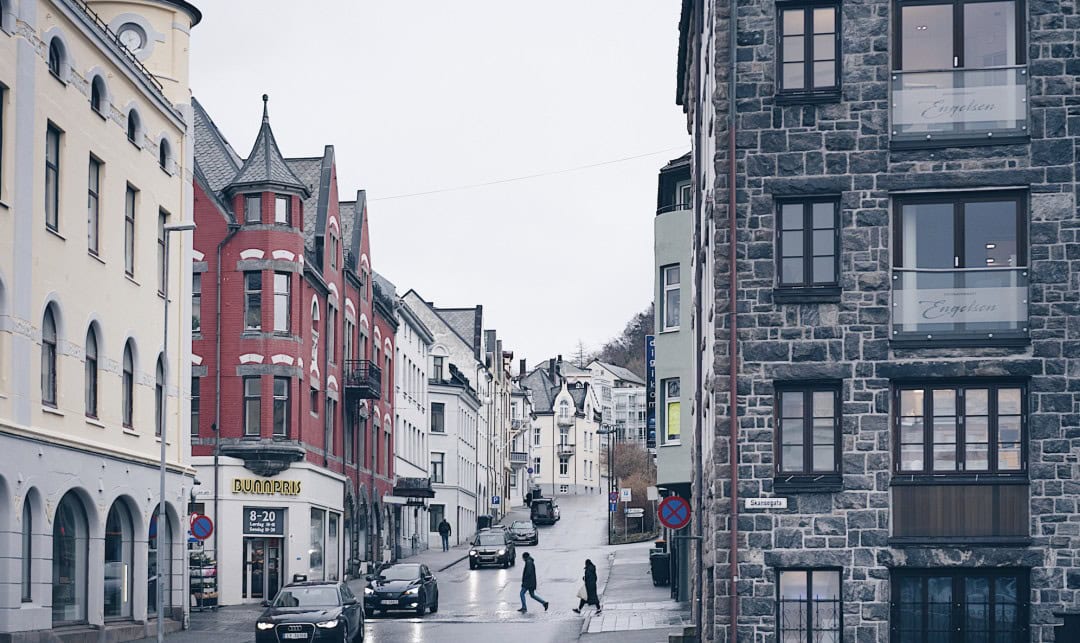
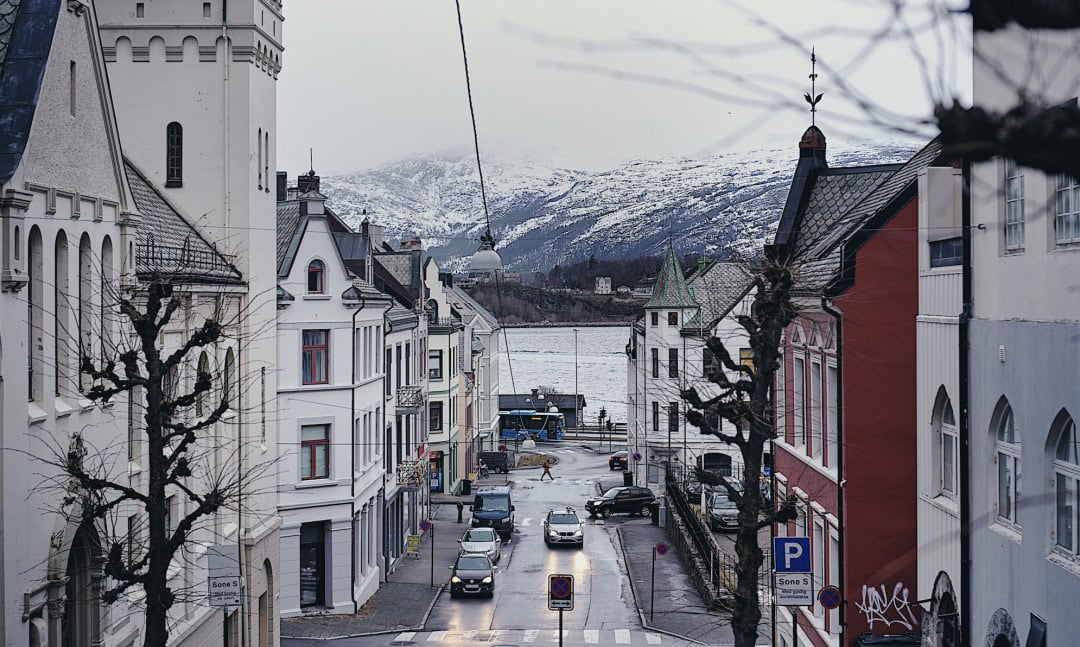
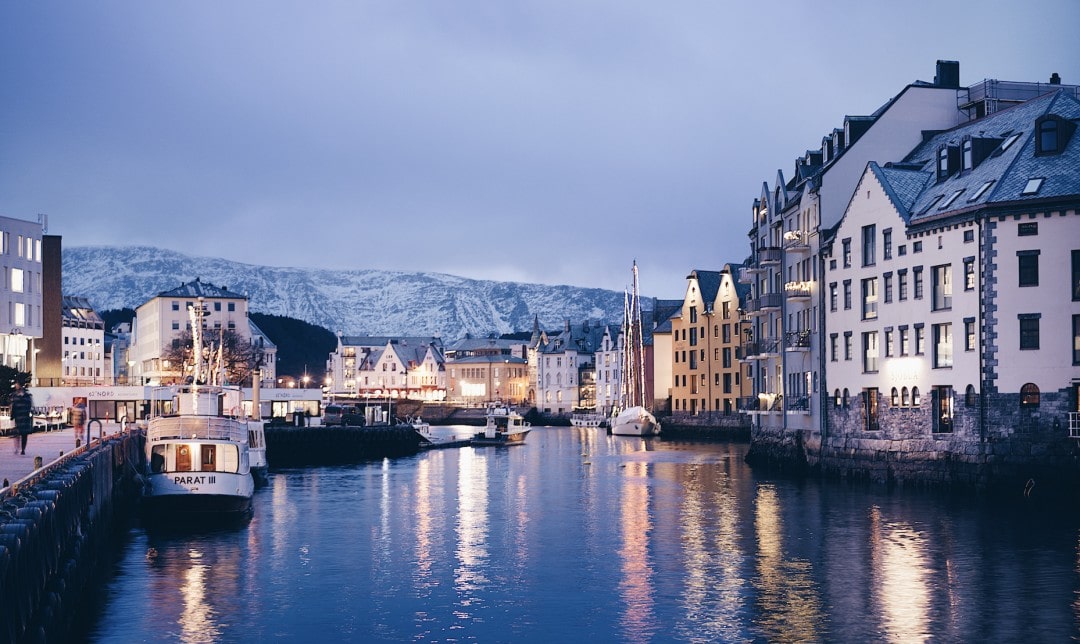
Ålesund is a city that was rebuilt after 1904, featuring the Art Nouveau architectural style that was popular at the time. It presents a charming blend of Norwegian and German influences.
**Day 3:** Kristiansund to Lervik; main stop in Trondheim.
Trondheim is Norway’s third-largest city. Here you’ll find Nidaros Cathedral, the largest medieval building in the Nordic region. This cathedral is not only a symbol of Trondheim but also a pride of Norway. Climbing its tower allows you to overlook the beauty of the entire city.
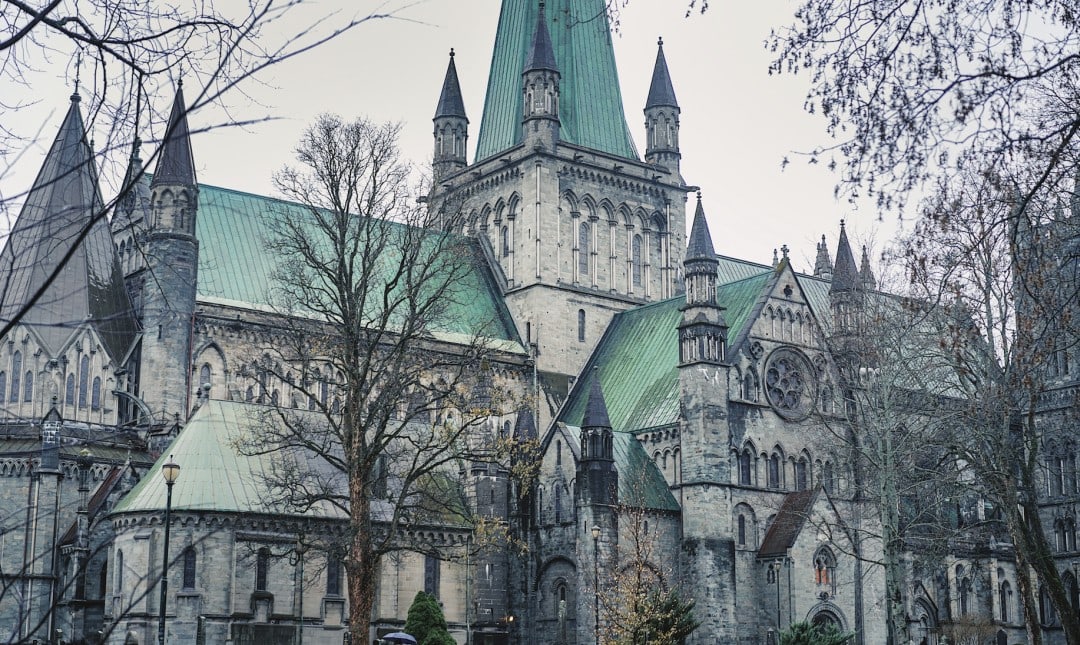
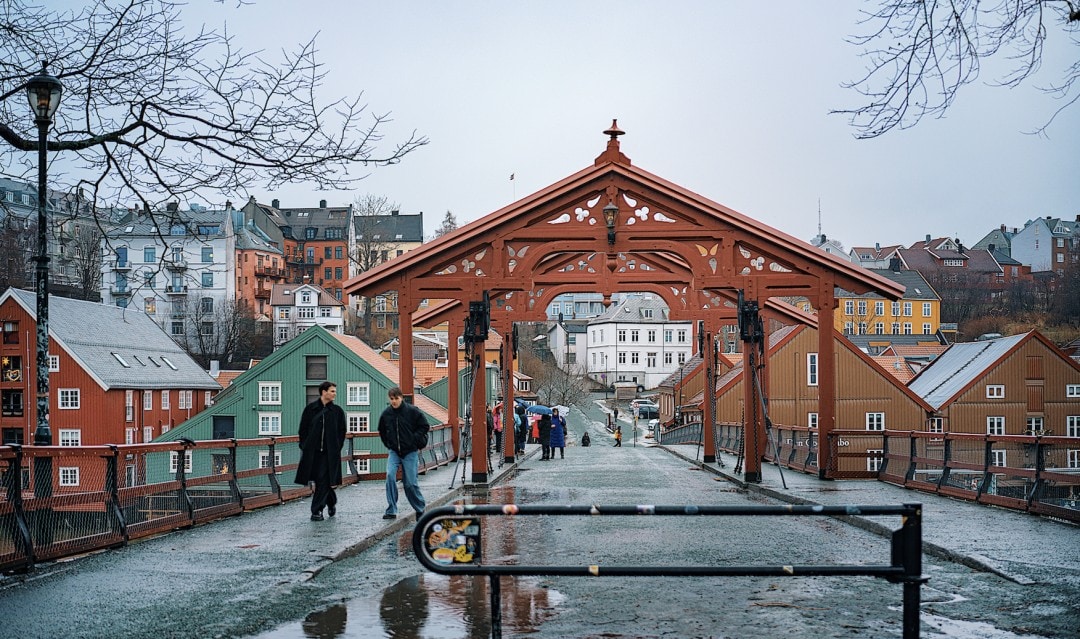
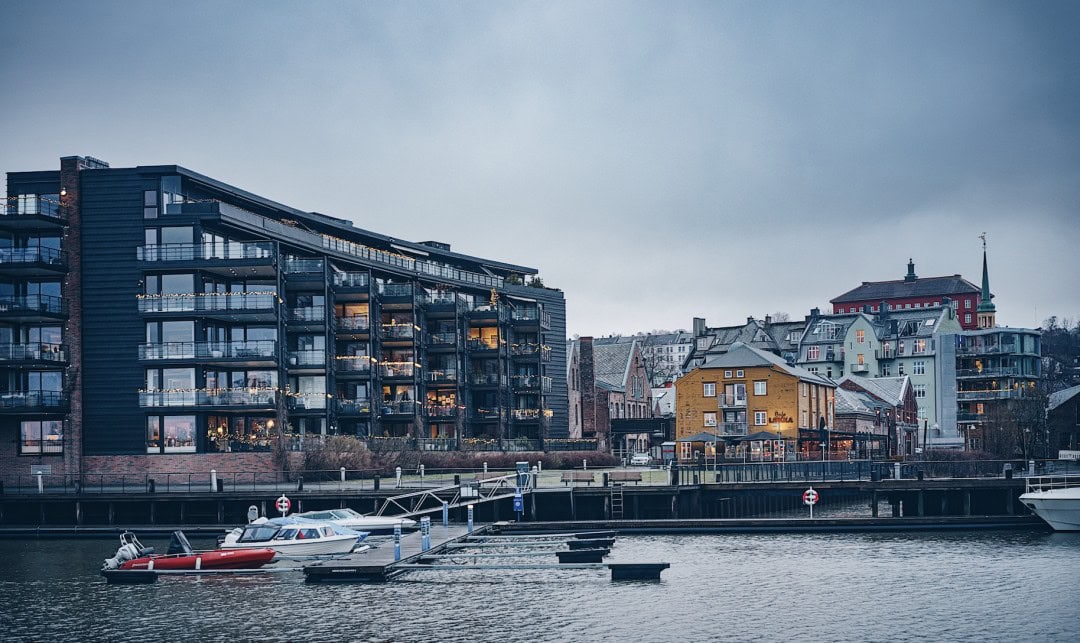
You can also explore the Old Town Bridge, a historic bridge connecting the old town and the city center. As night falls, the reflection of the red cabins on the river creates a romantic scene.
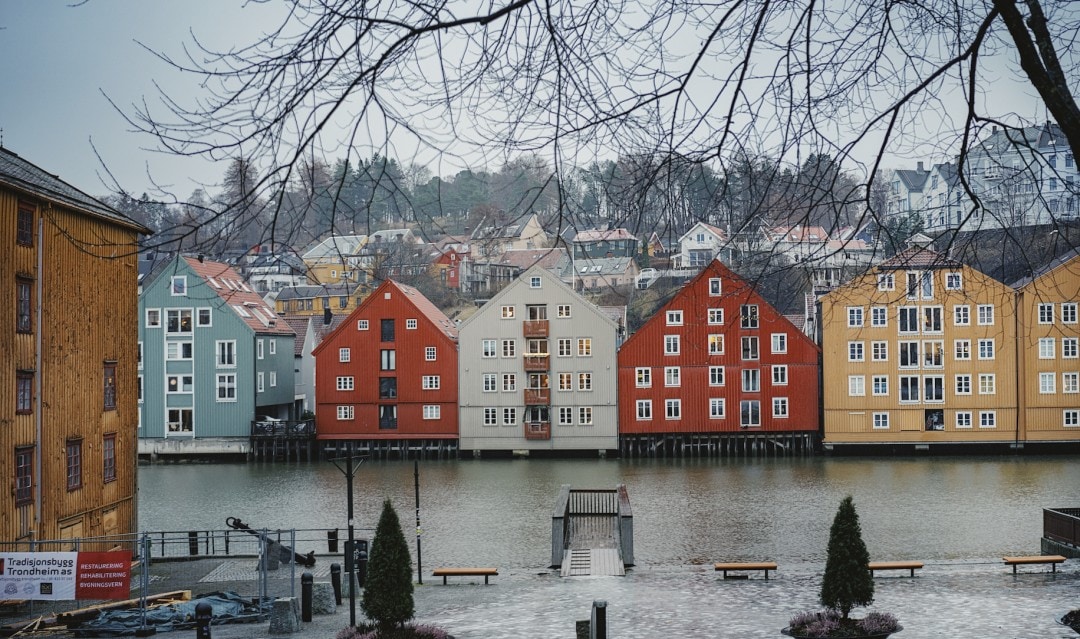
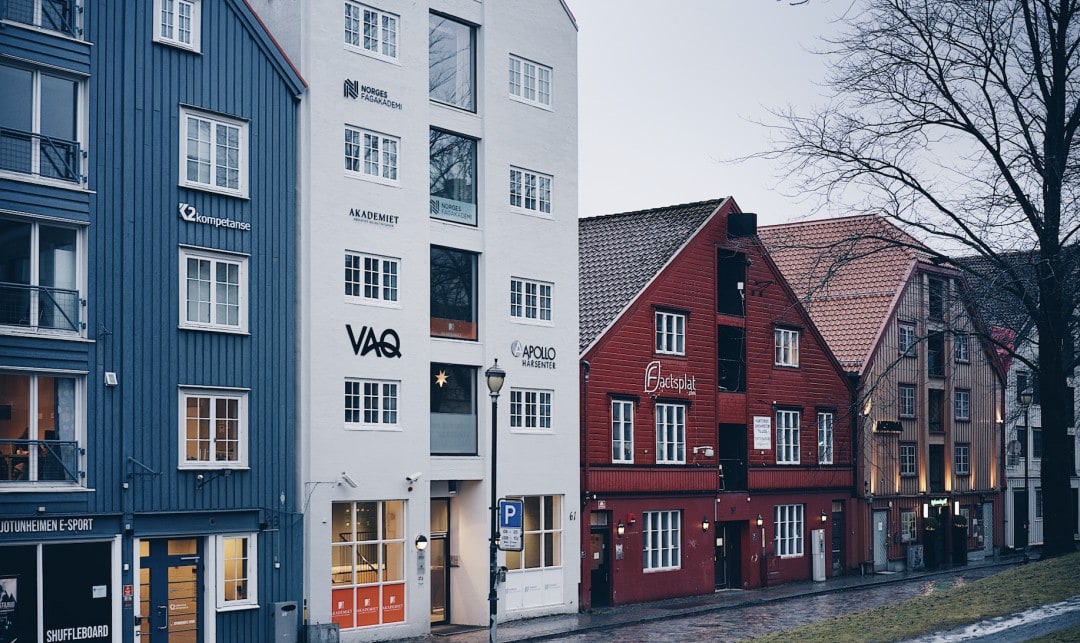
Trondheim was the capital during the Viking Age and is home to many beautiful colorful houses.
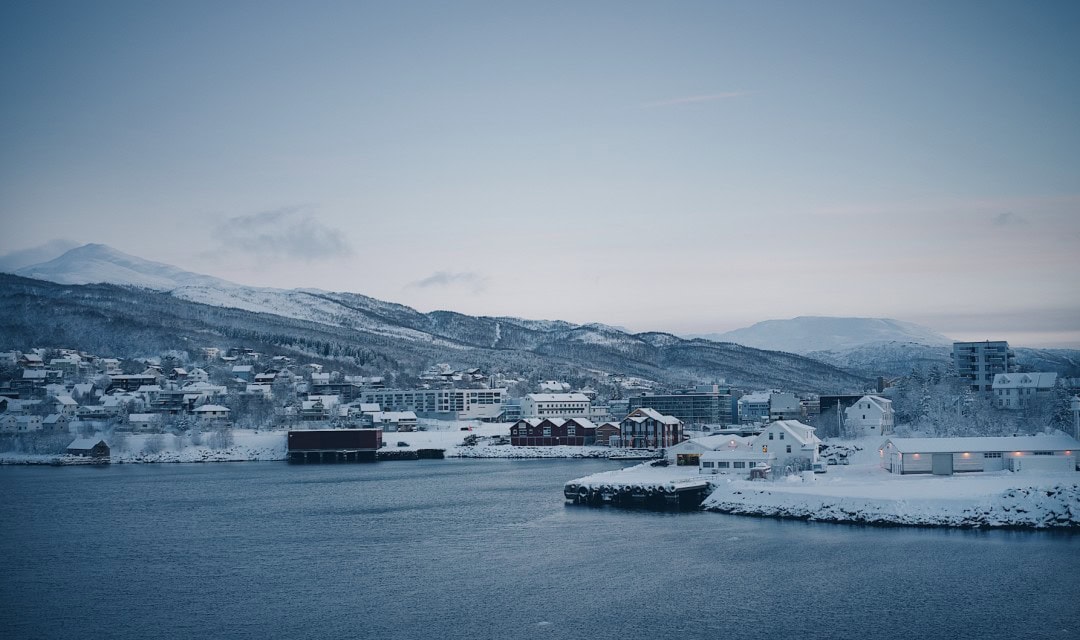
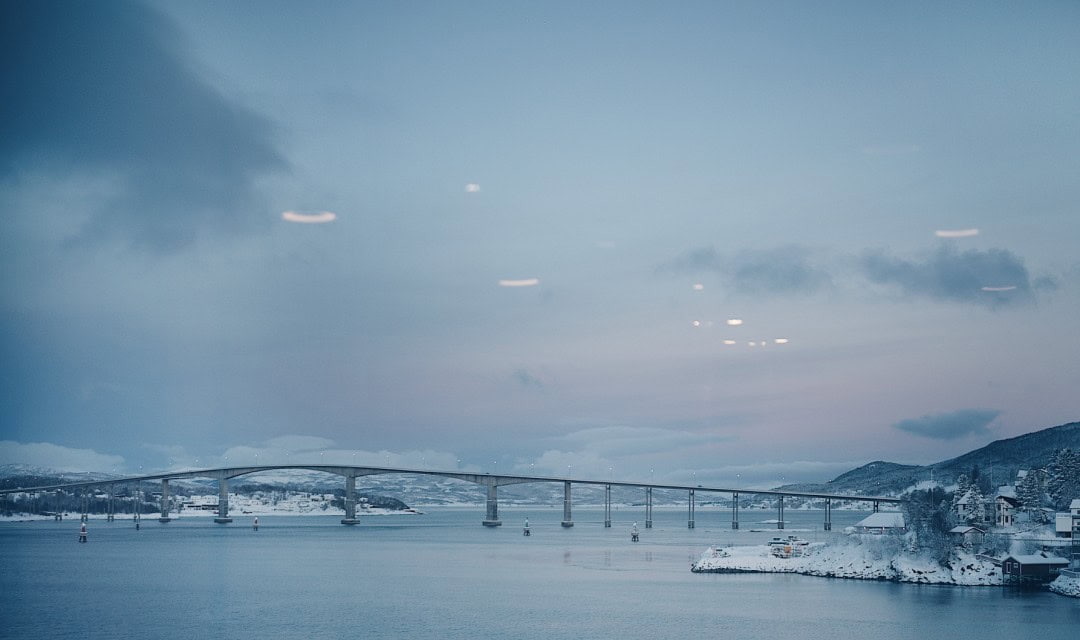
**Day 4:** Brønnøysund to Svolvær; main stop in Bodø.
On this day, you will enter the Arctic Circle. If you travel in summer, the daylight will be long, and if you travel in winter, the nights will become longer as you head north, allowing you to experience the Arctic’s polar nights and greatly increasing the chances of seeing the Northern Lights. As you enter, you will receive a certificate for crossing the Arctic Circle, officially marking your entry into the Arctic.
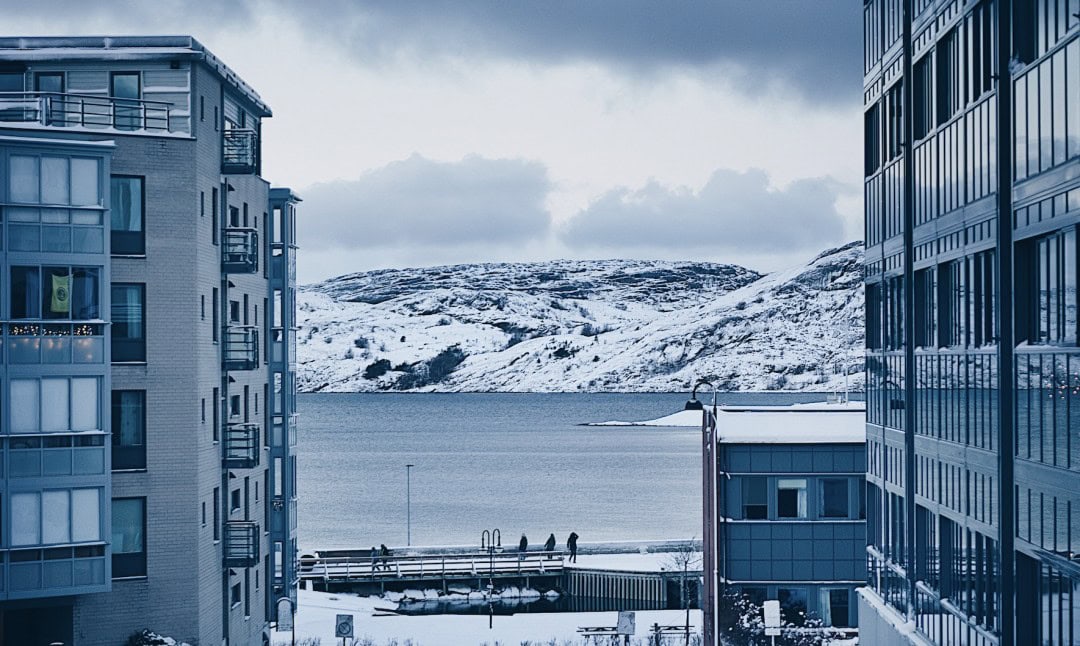
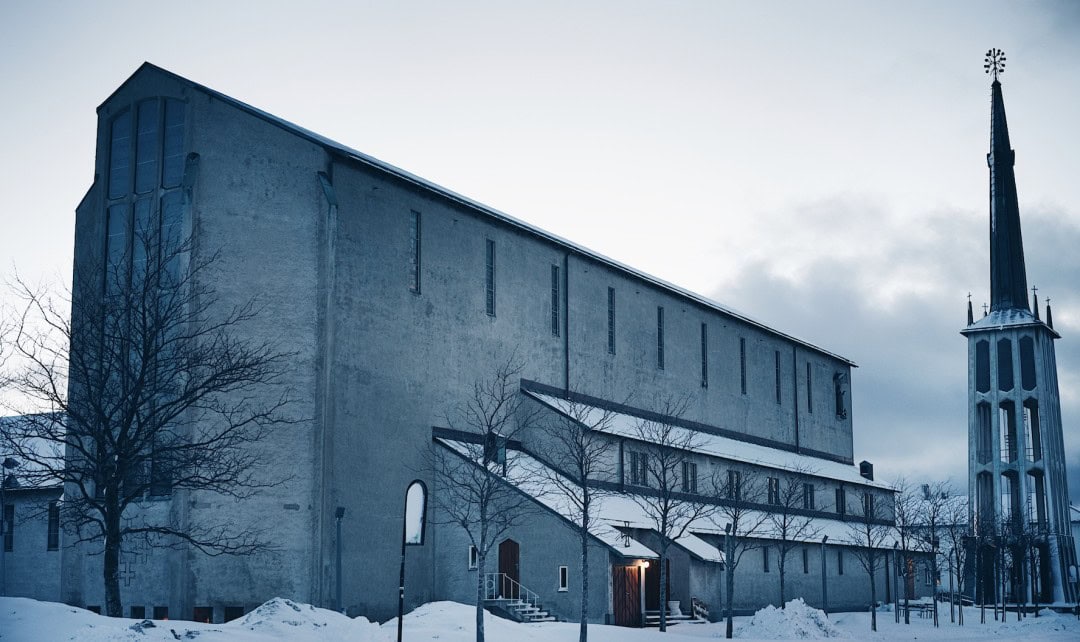
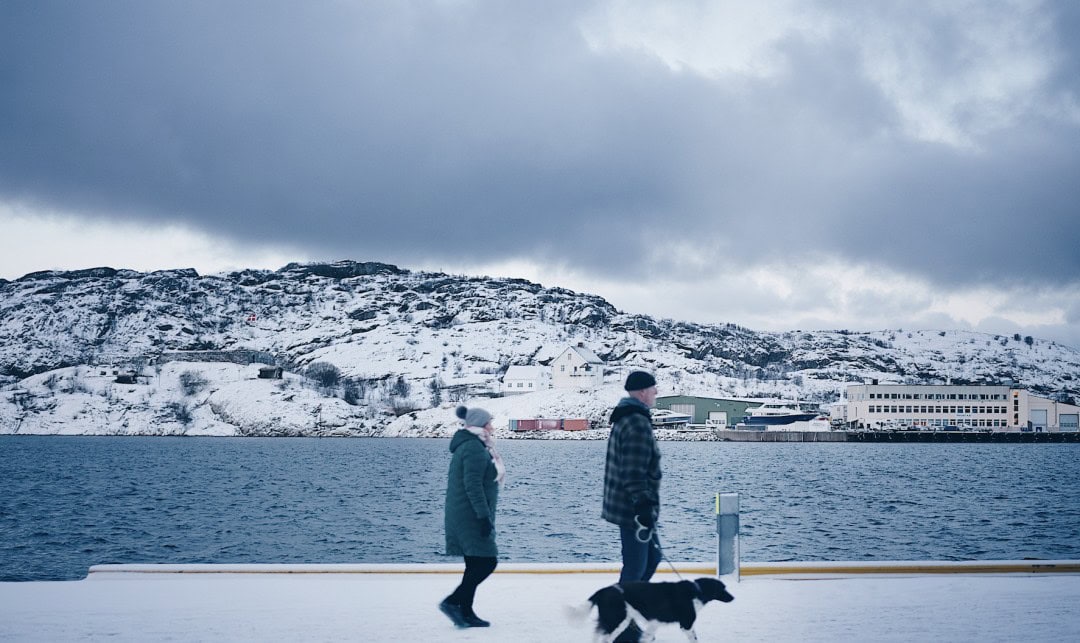
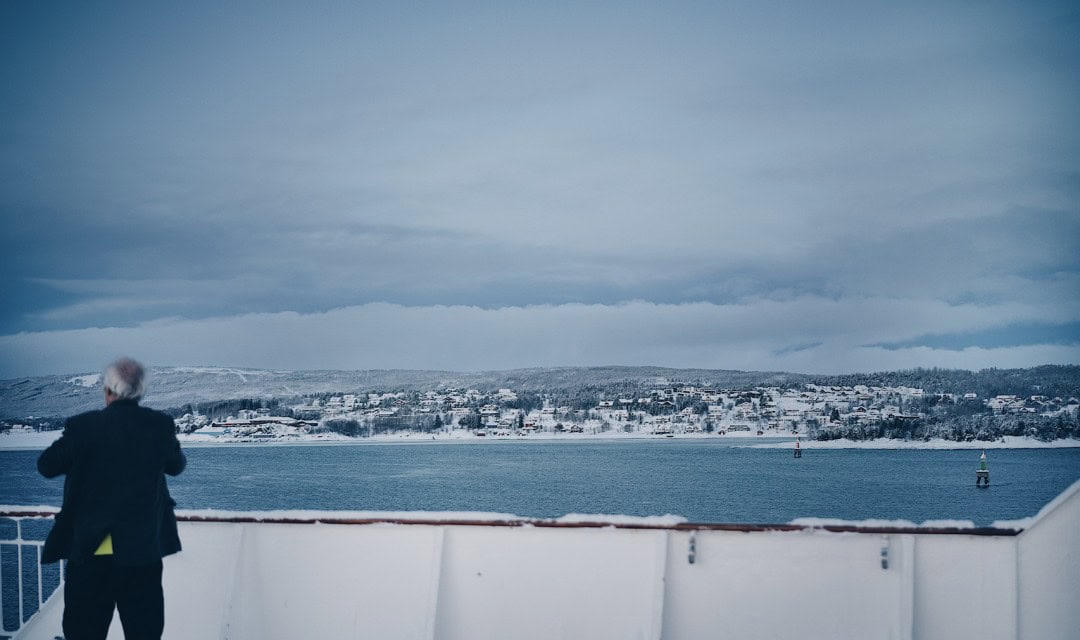
The main stop, Bodø, is an important fishing port city in northern Norway, located at the entrance of the Saltstraumen strait, north of the Arctic Circle. It is a small city, perfect for a quick stopover and taking pictures.
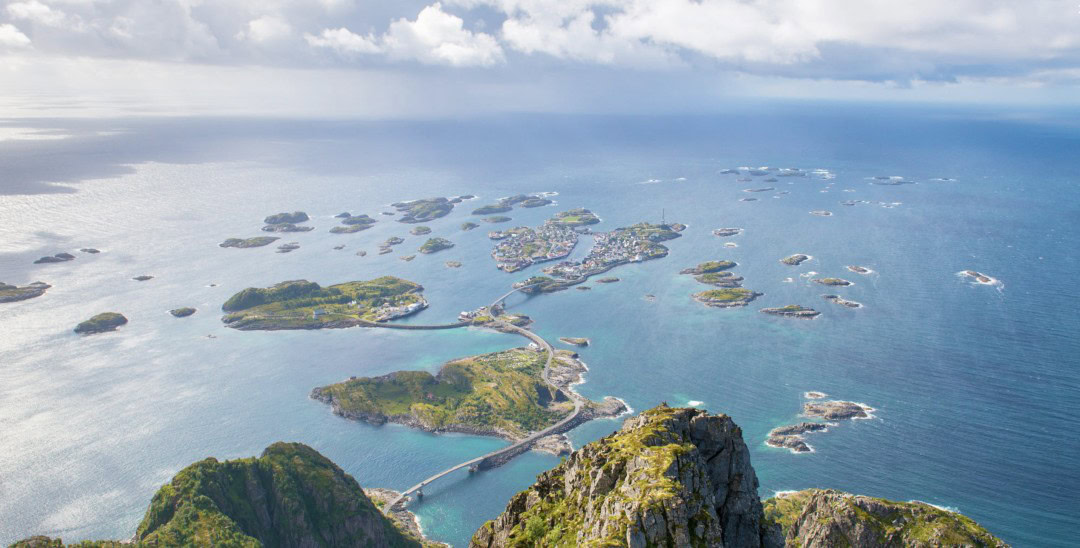
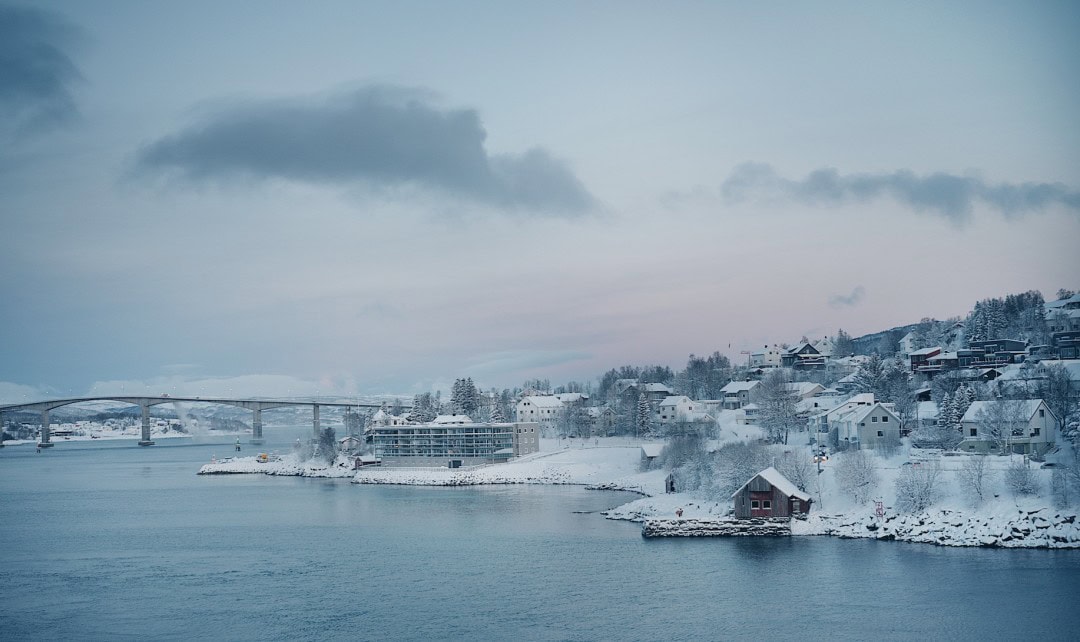
The day’s itinerary is quite interesting; you can get close to Norway’s second-largest glacier, Svartisen’s Ørnes.
You will also enter the Lofoten Islands, which look stunning in summer…
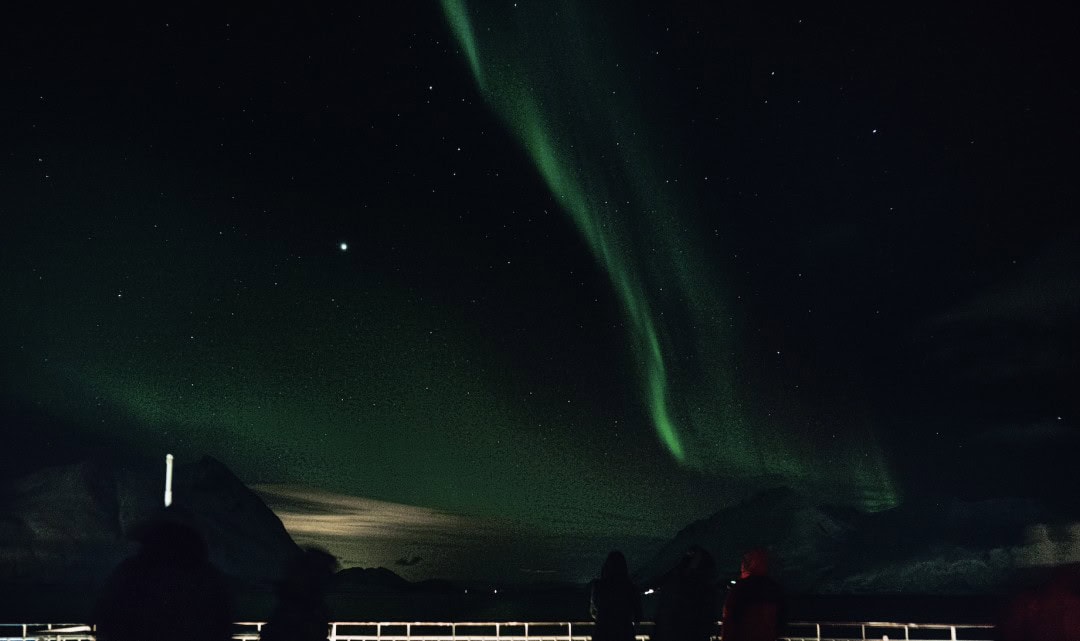
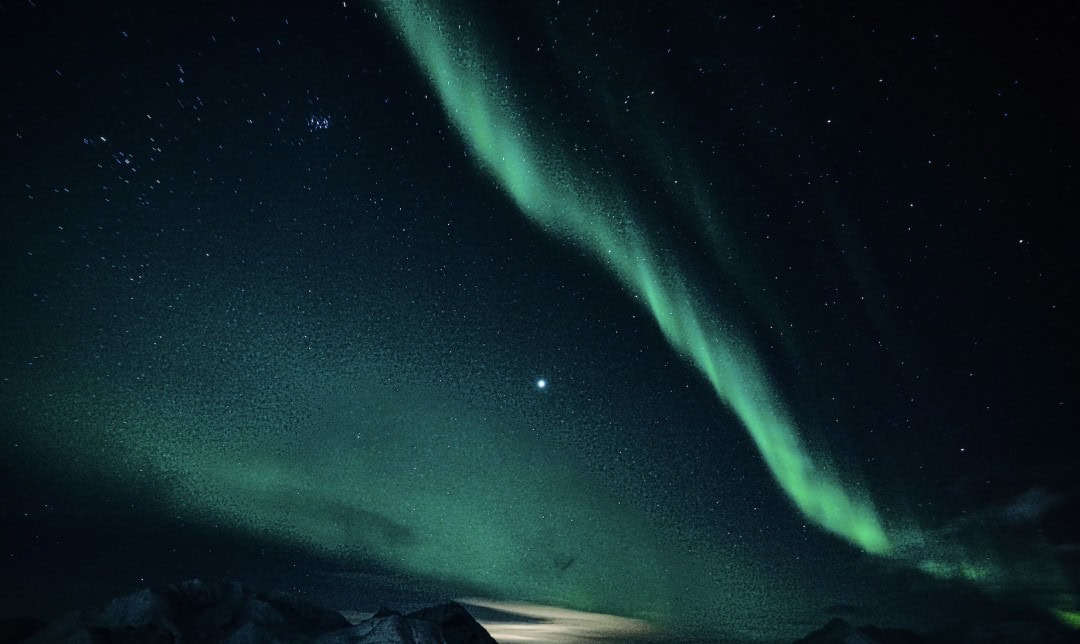
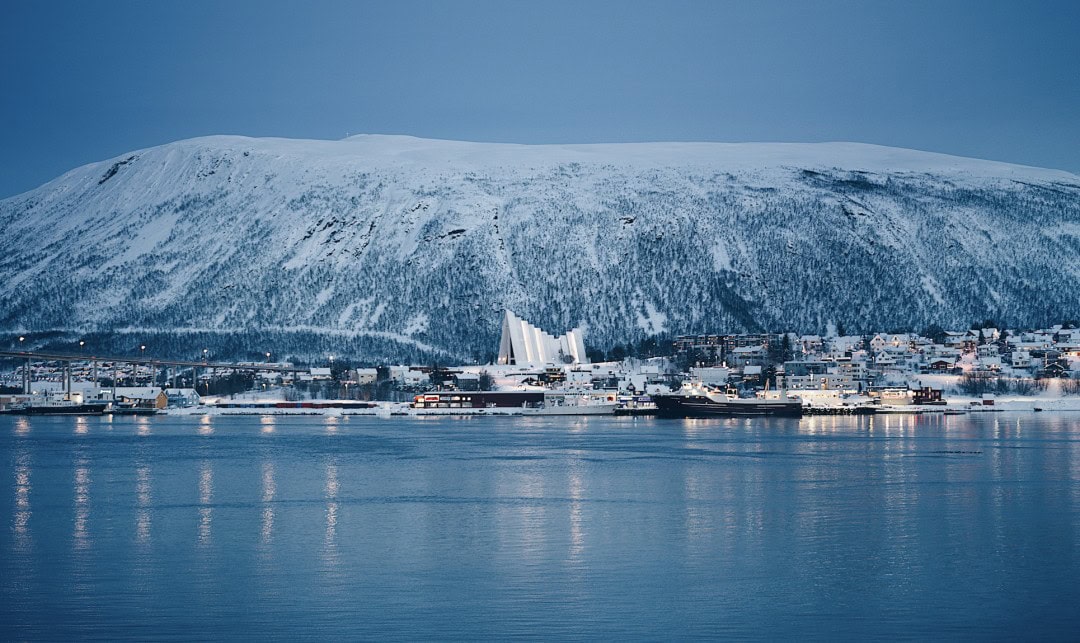
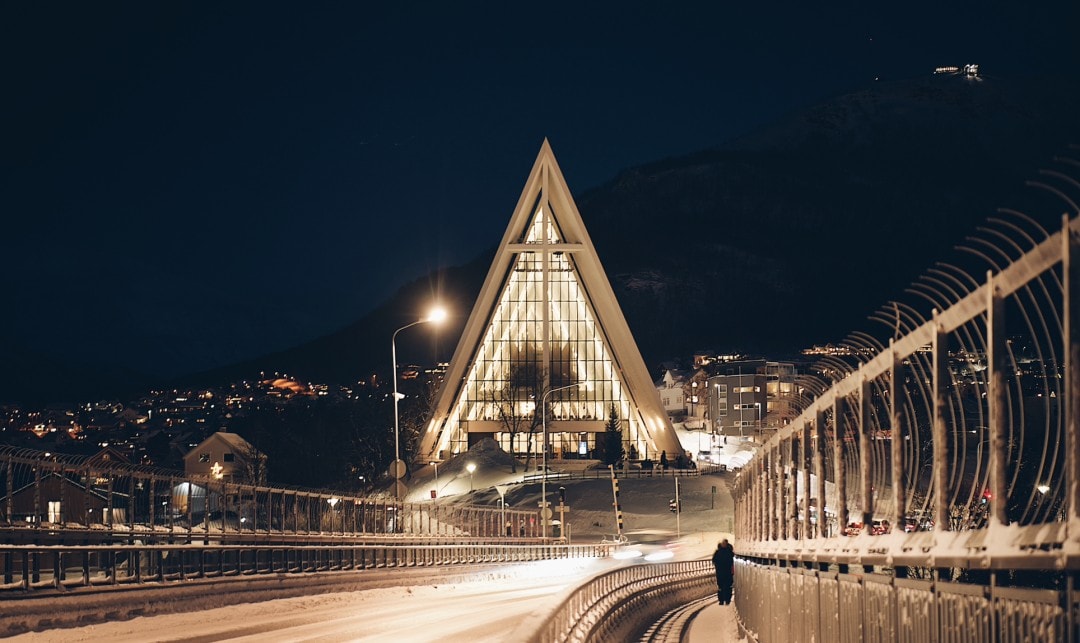
And in winter, they are covered in ice and snow.
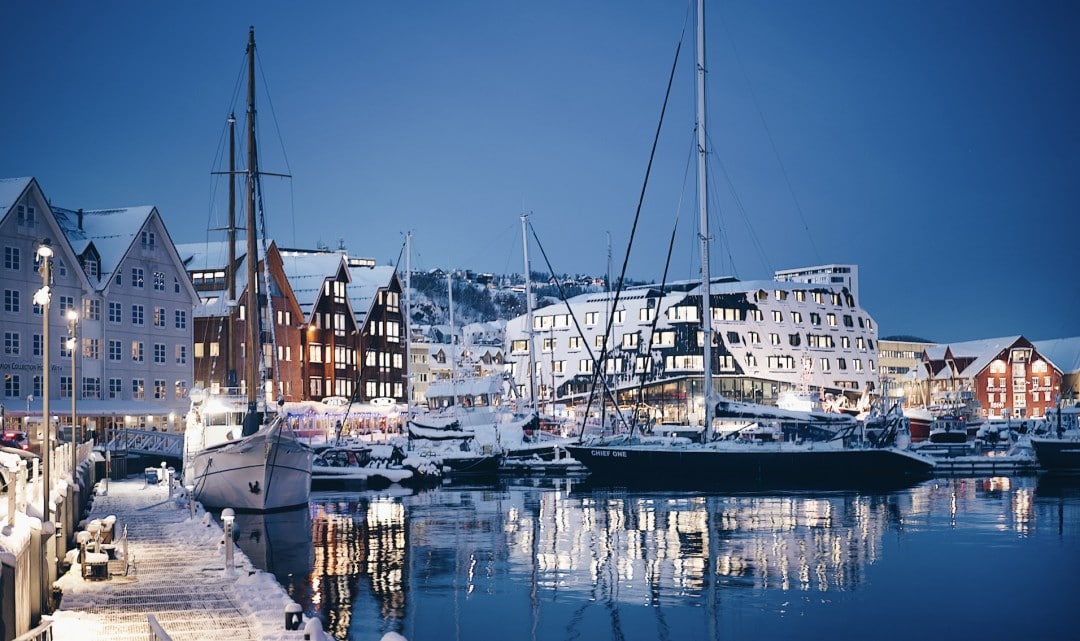
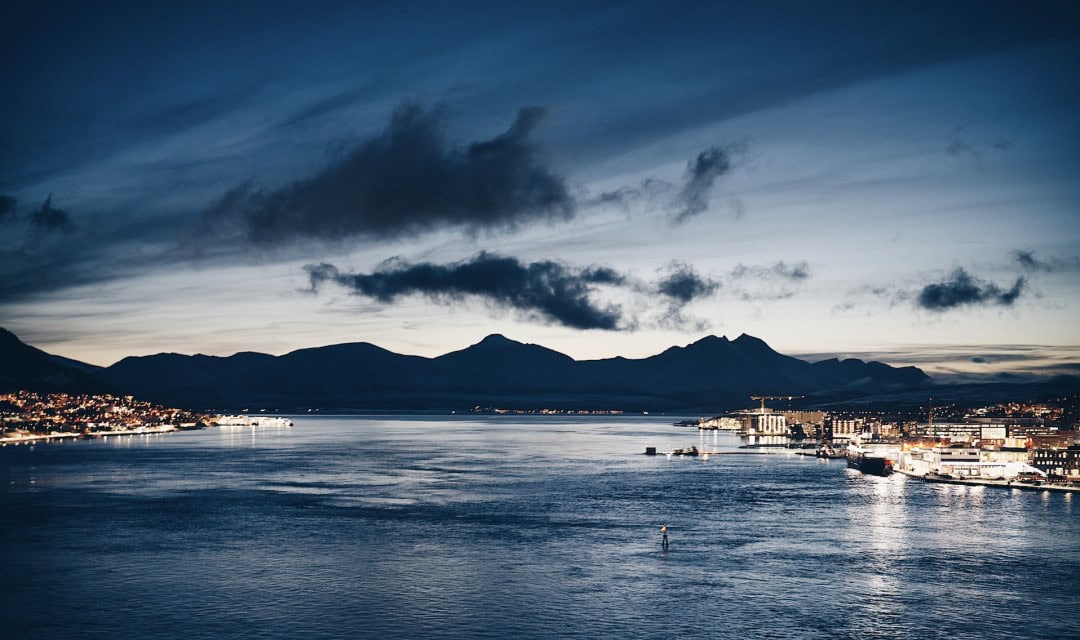
**Day 5:** Stokmarknes to Skjervøy; main stop in Tromsø.
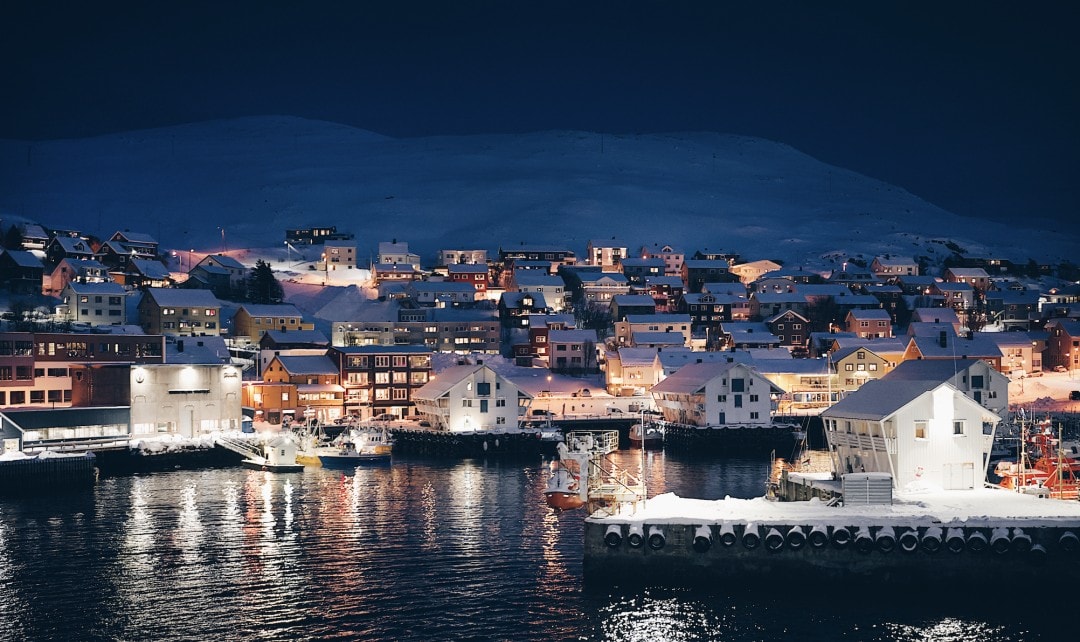
Tromsø is Norway’s most popular city for viewing the Northern Lights, where we caught sight of them. In fact, the Northern Lights look better with the naked eye than in photographs, as taking pictures of them while the ship is moving can be quite challenging.
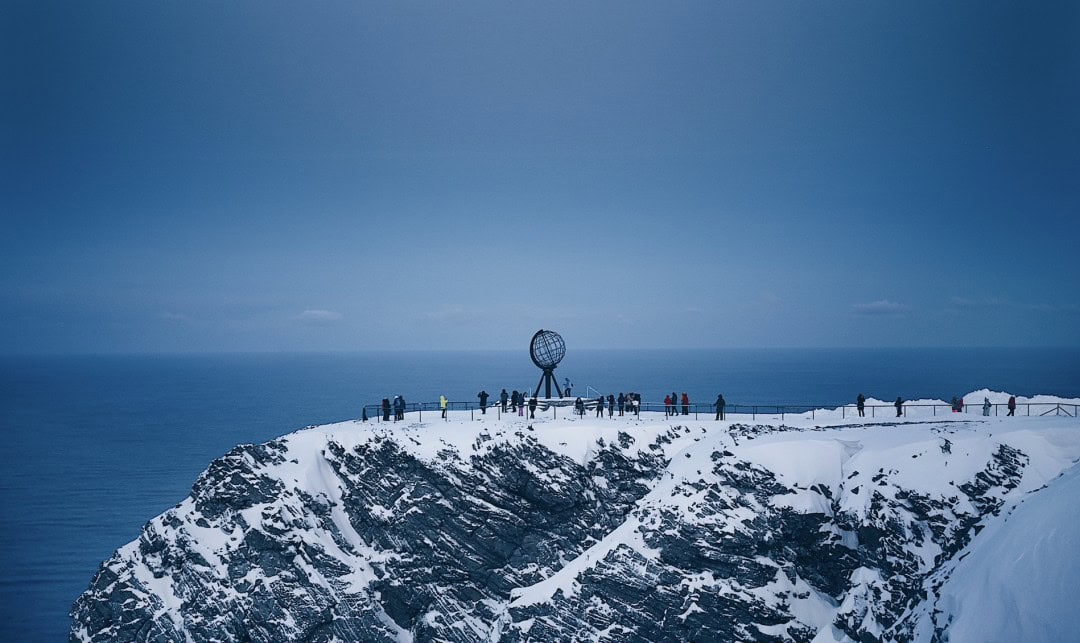
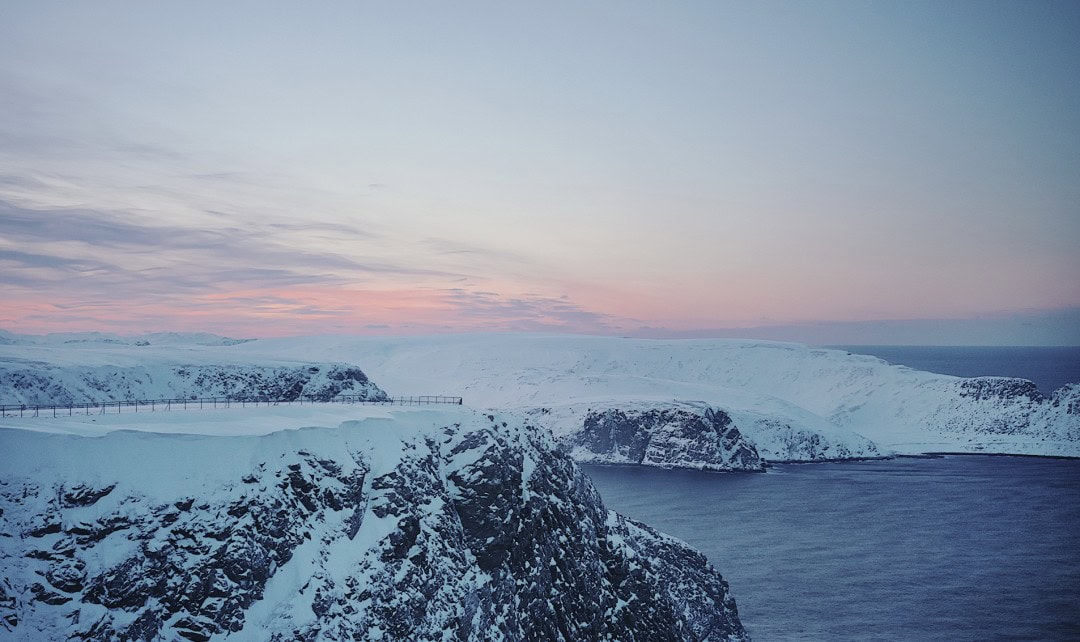
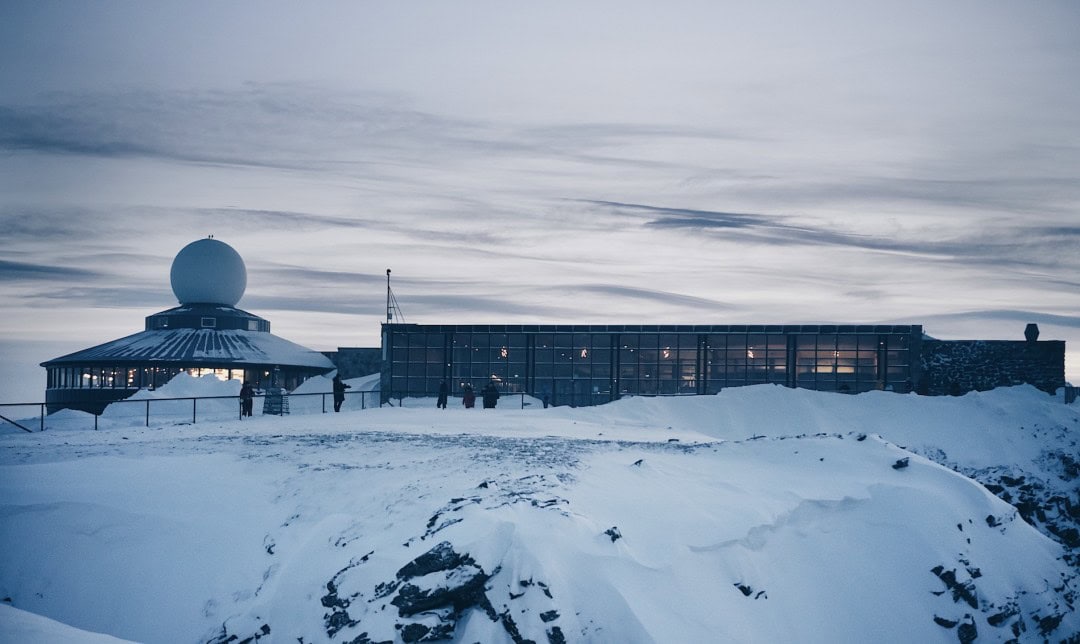
Tromsø is accessible by air, and the iconic Arctic Cathedral is located here.
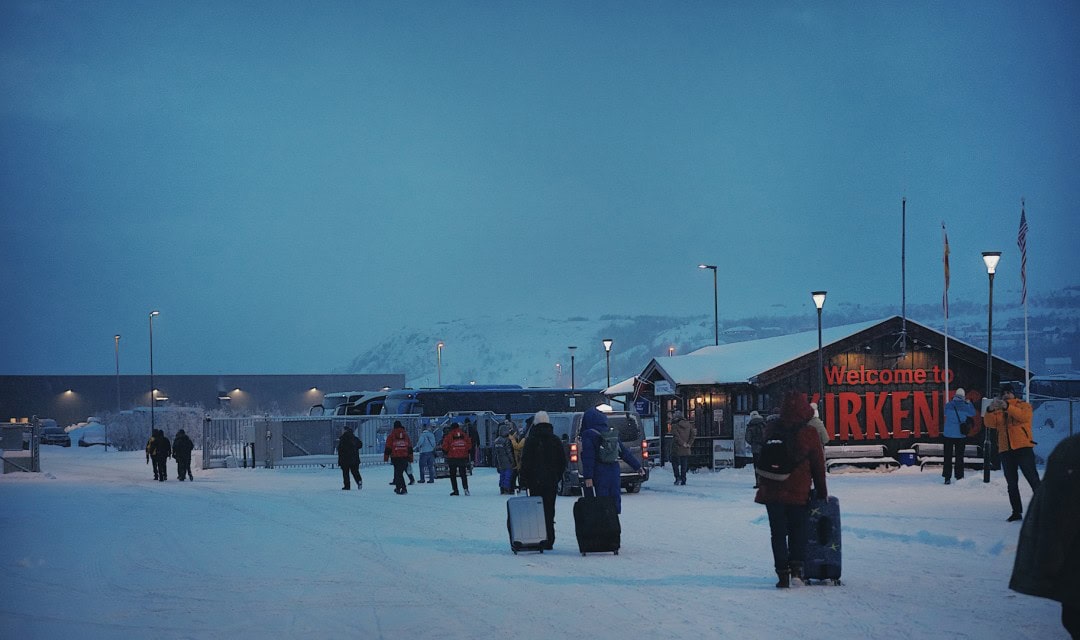
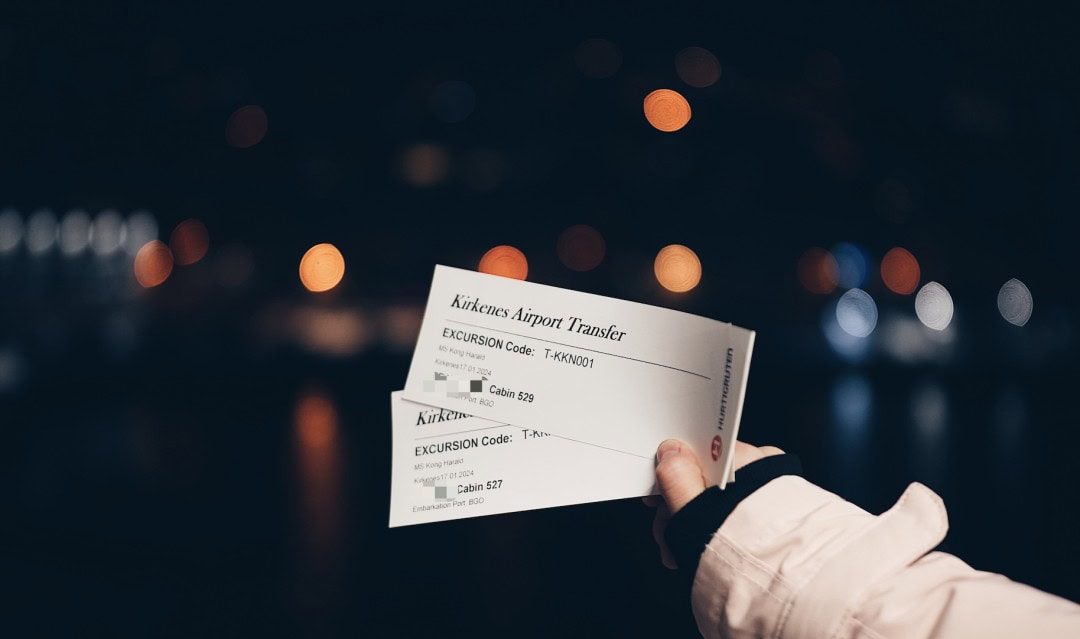
This city has plenty to see and photograph.
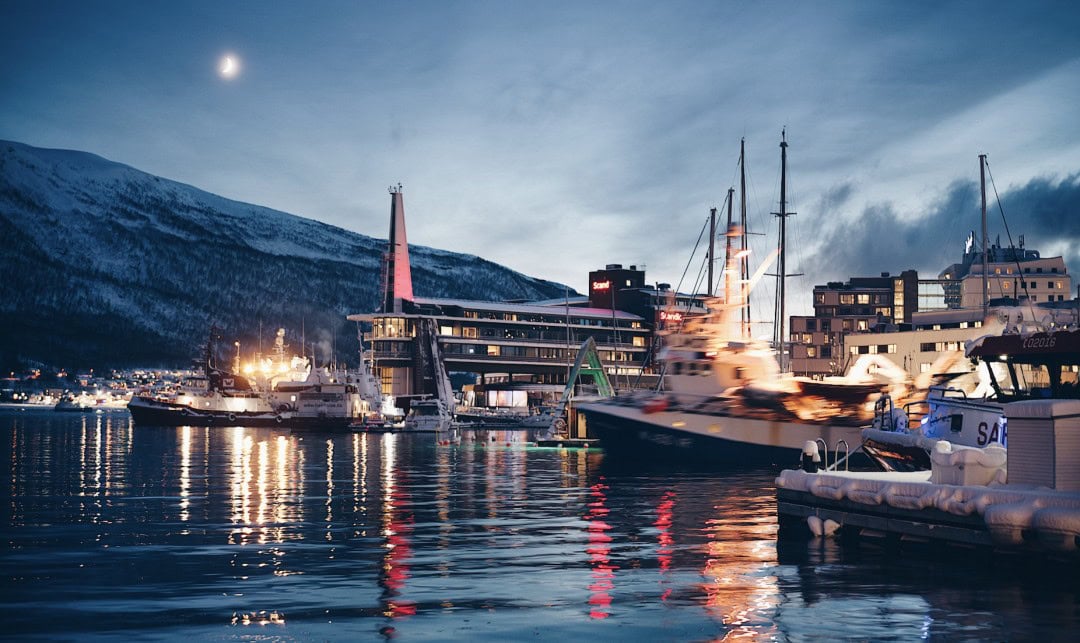
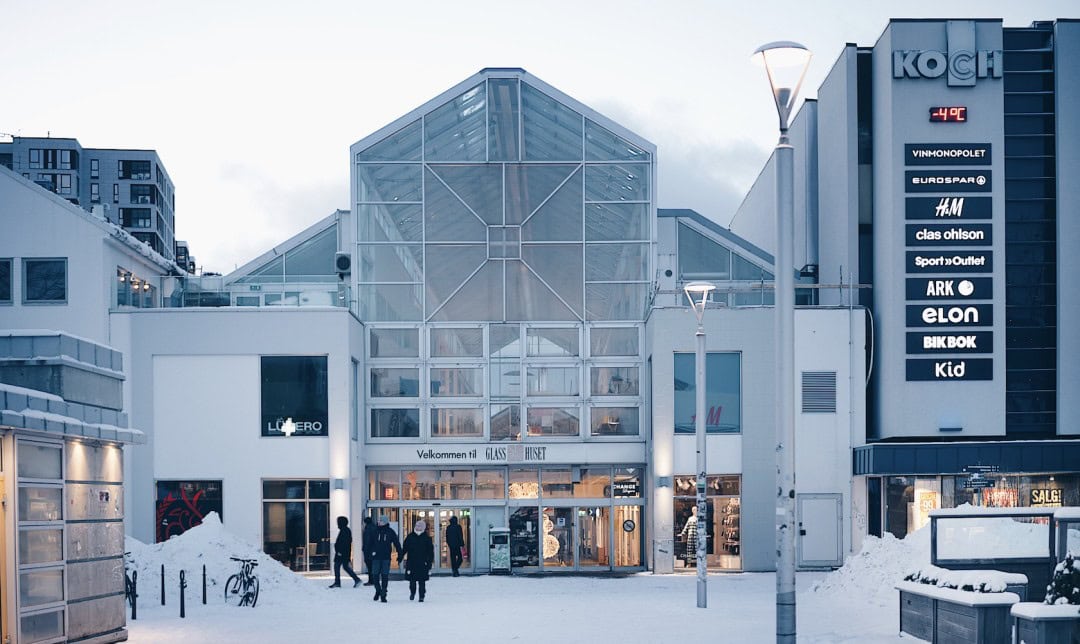
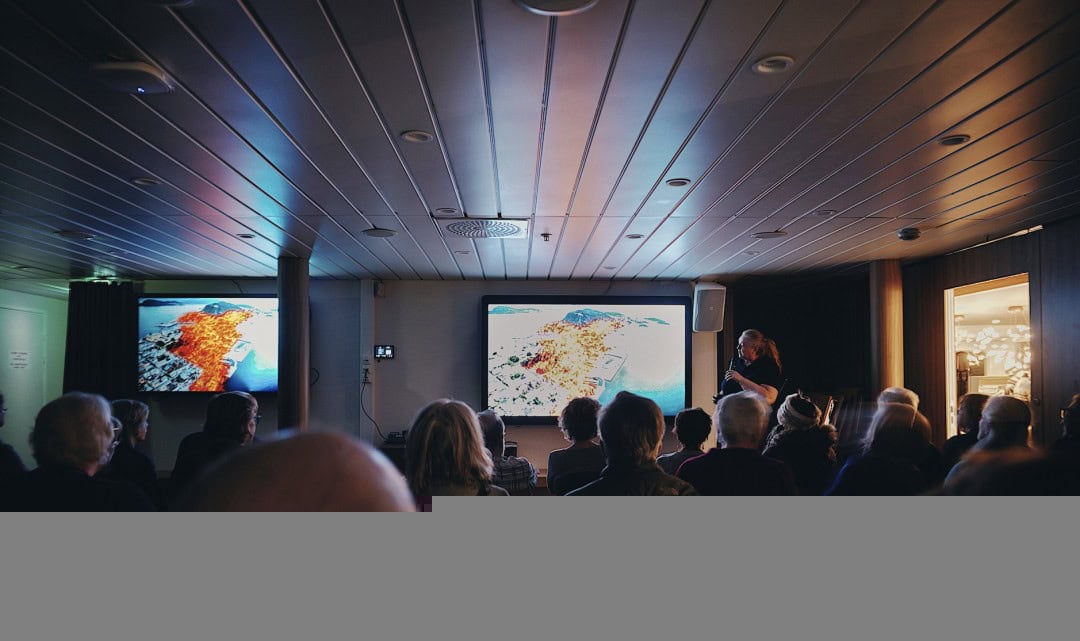
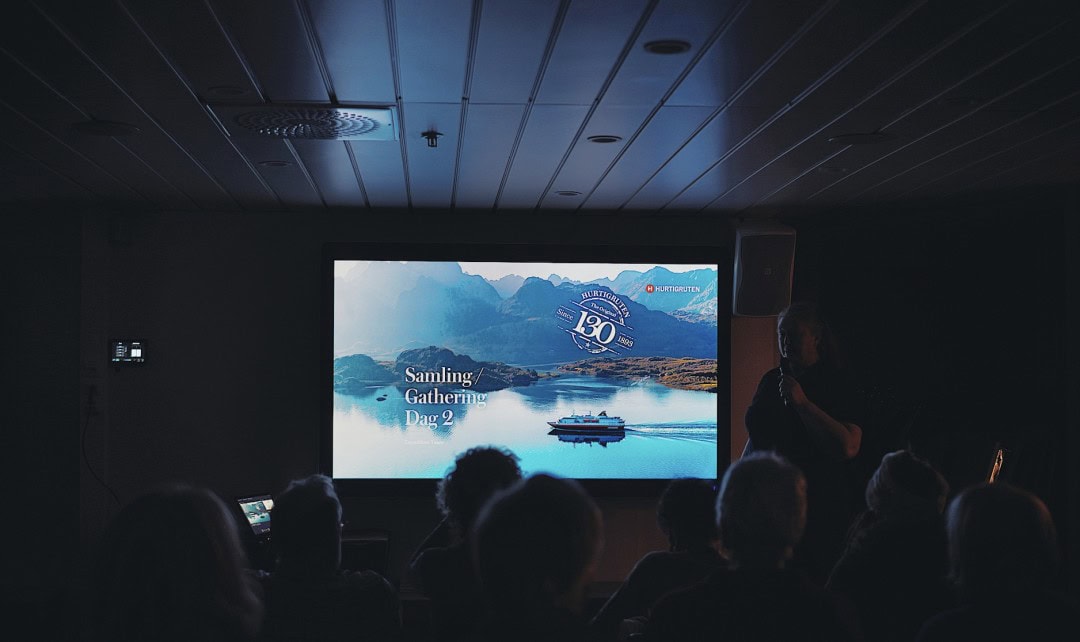
**Day 6:** Øksfjord to Berlevåg; main stop in the highest point in Europe, Honningsvåg.
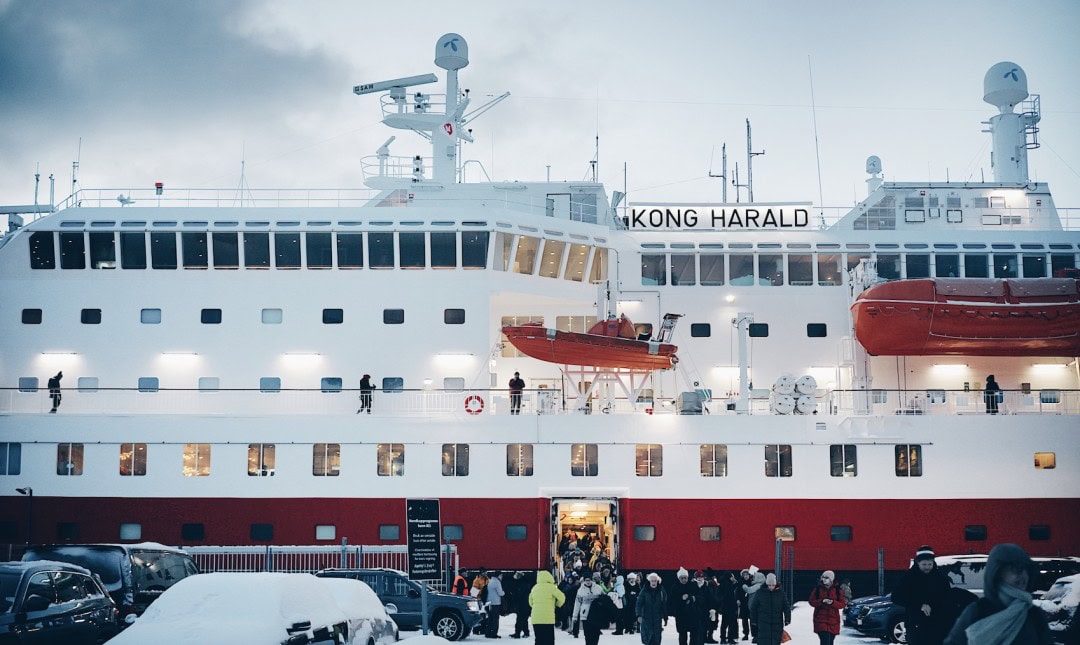
Honningsvåg is the gateway to the North Cape.
For all other stops, we did not sign up for group tours. However, we did join a tour to the North Cape. I also recommend that everyone sign up for the tour, as the North Cape is the northernmost point in Europe, jutting straight into the Arctic Ocean from a cliff. Due to its unique geographical location, it is also known as “the End of the World.”
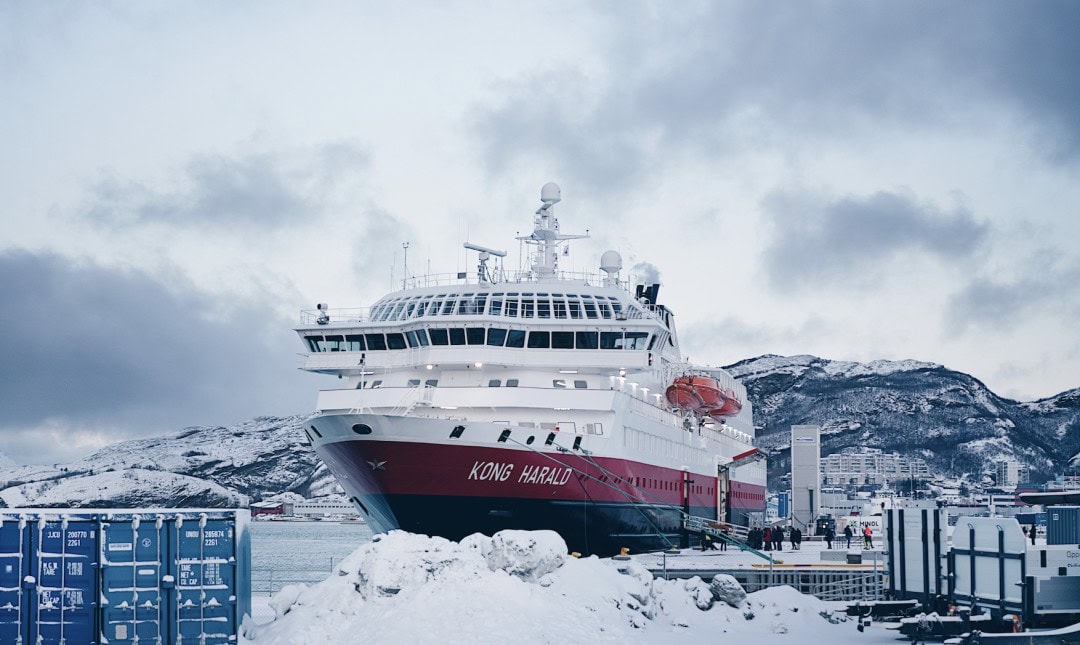
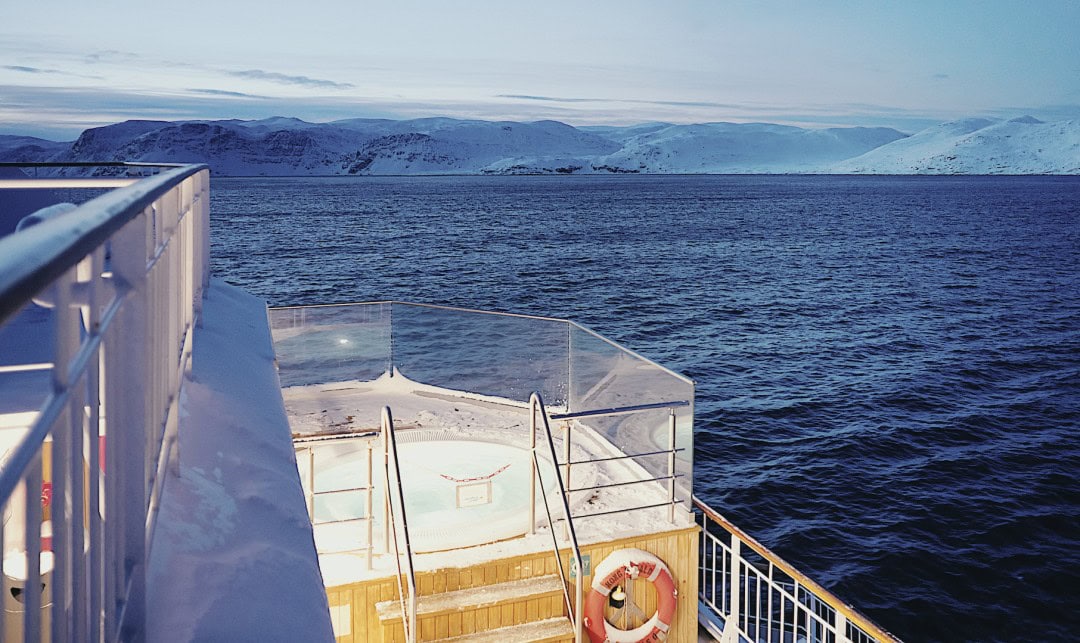
**Day 7:** Arrive in Kirkenes, the end of your cruise journey.
Upon arrival in the port in the morning, you can take a bus directly to the airport (a ticket purchase is required) to catch a flight to Bergen or Oslo.
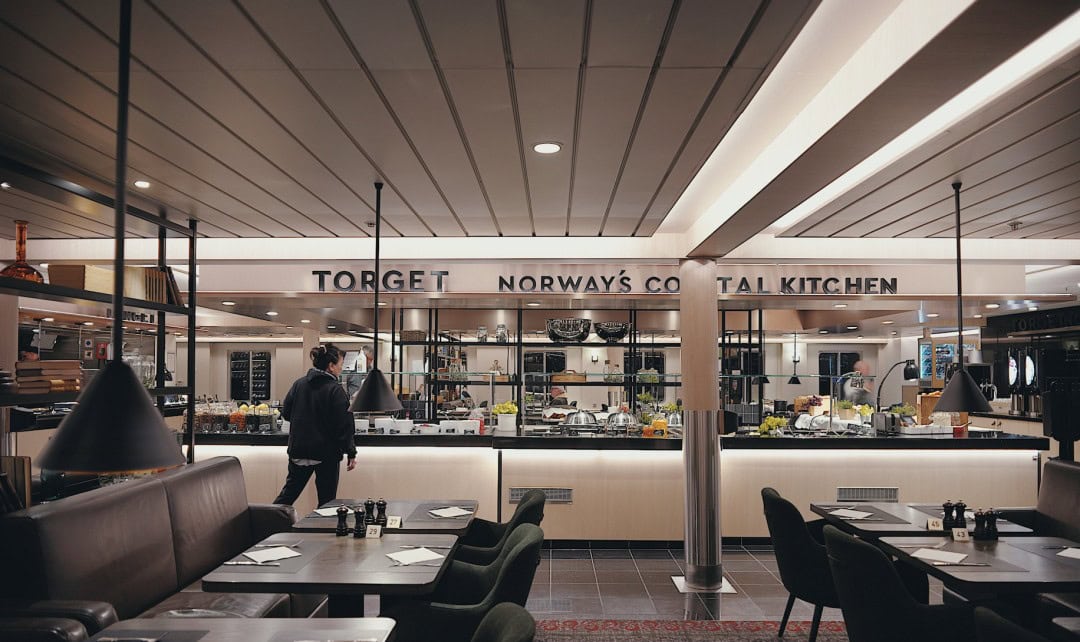
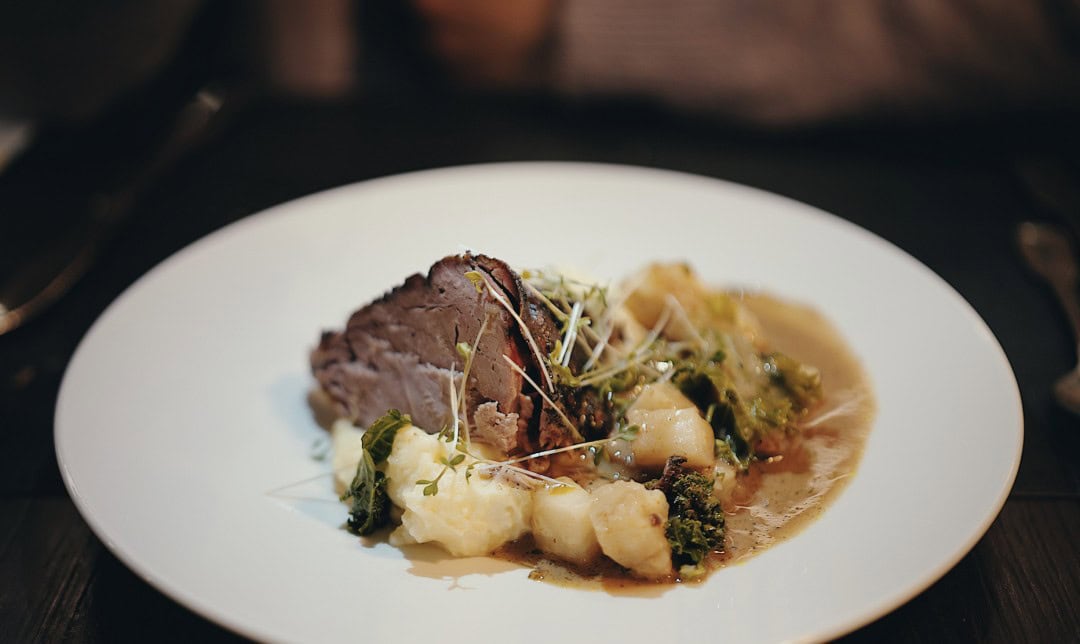
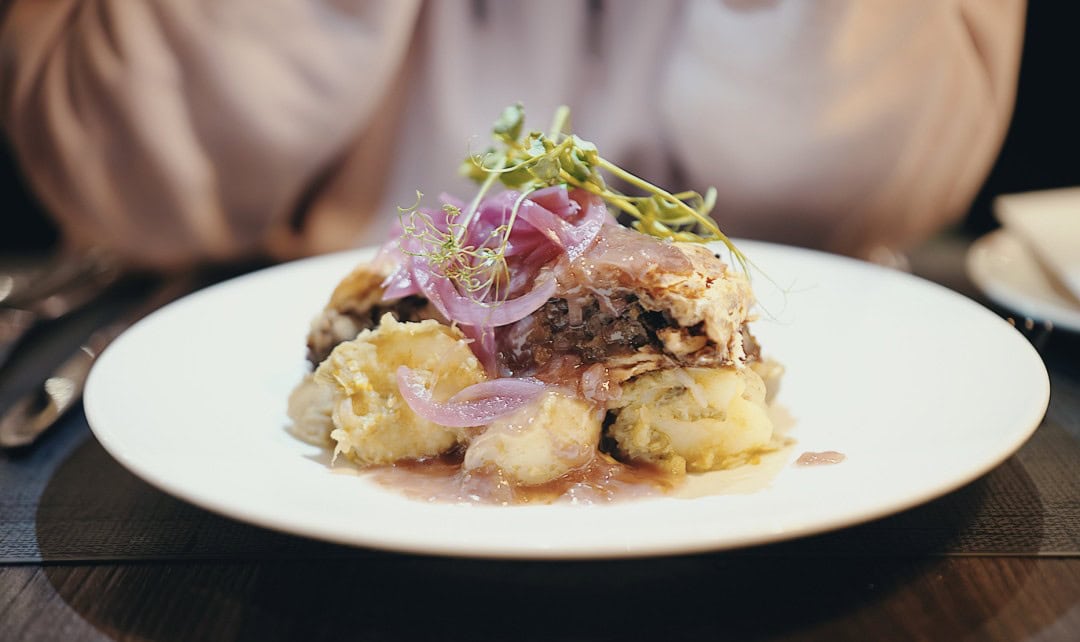
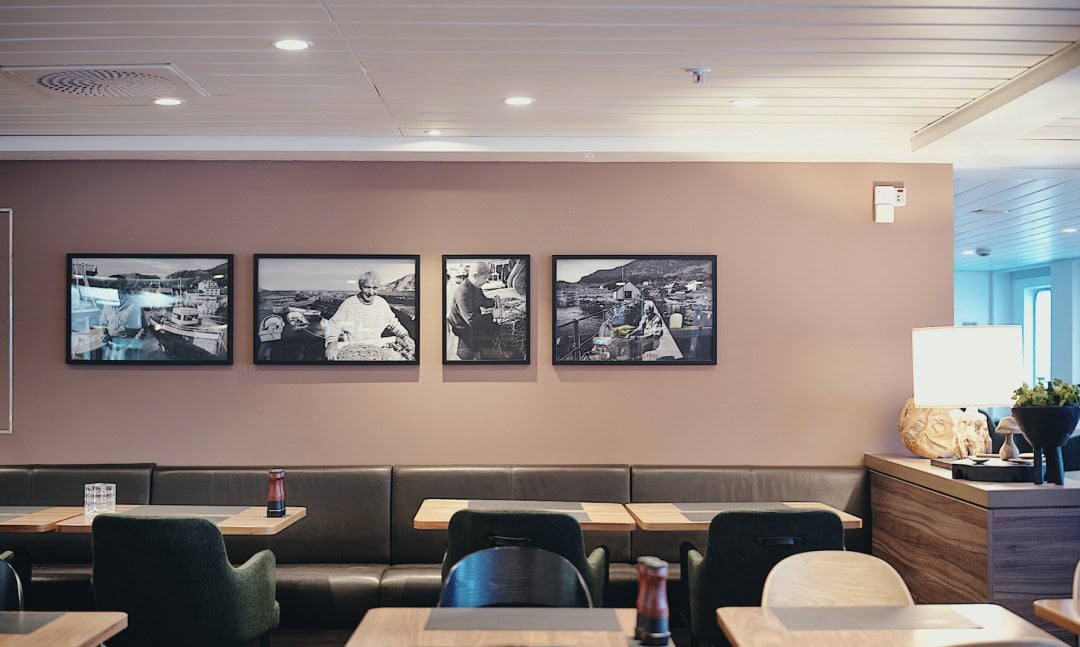
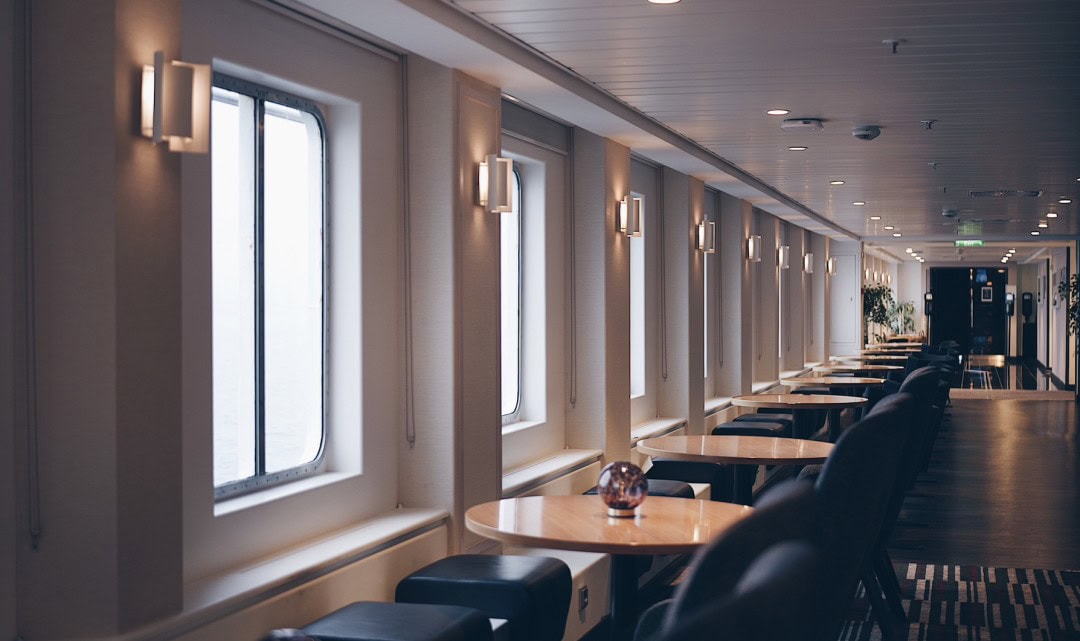
Throughout the trip, we only joined a tour on the sixth day for the North Cape. For the other cities, it was perfectly fine to explore independently since they are quite small, and the port is conveniently located in the city center. This not only saves you money but also offers more flexibility.
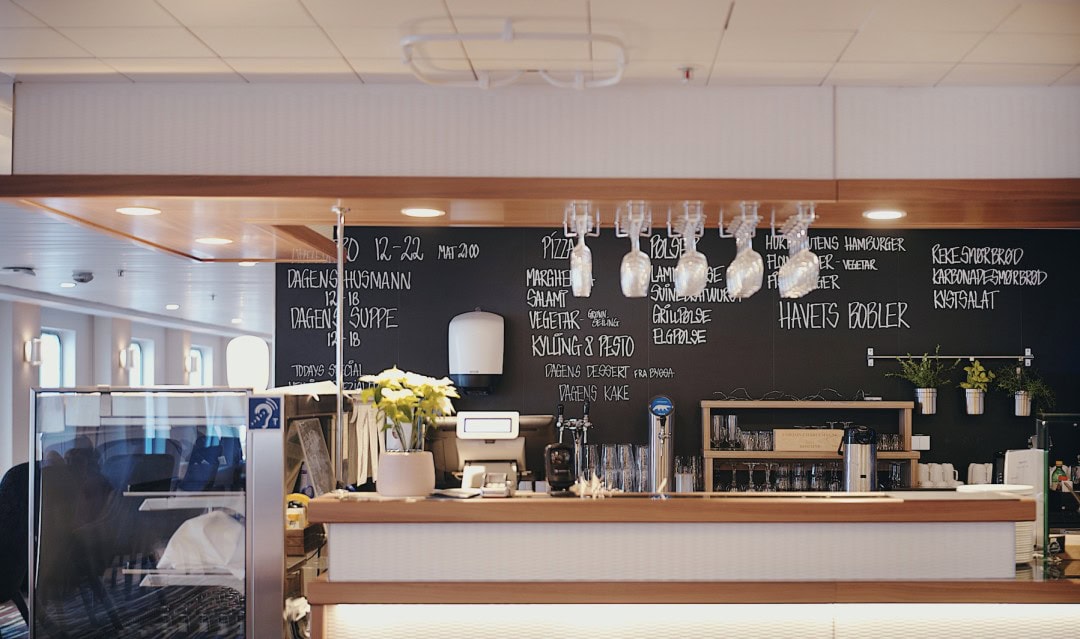
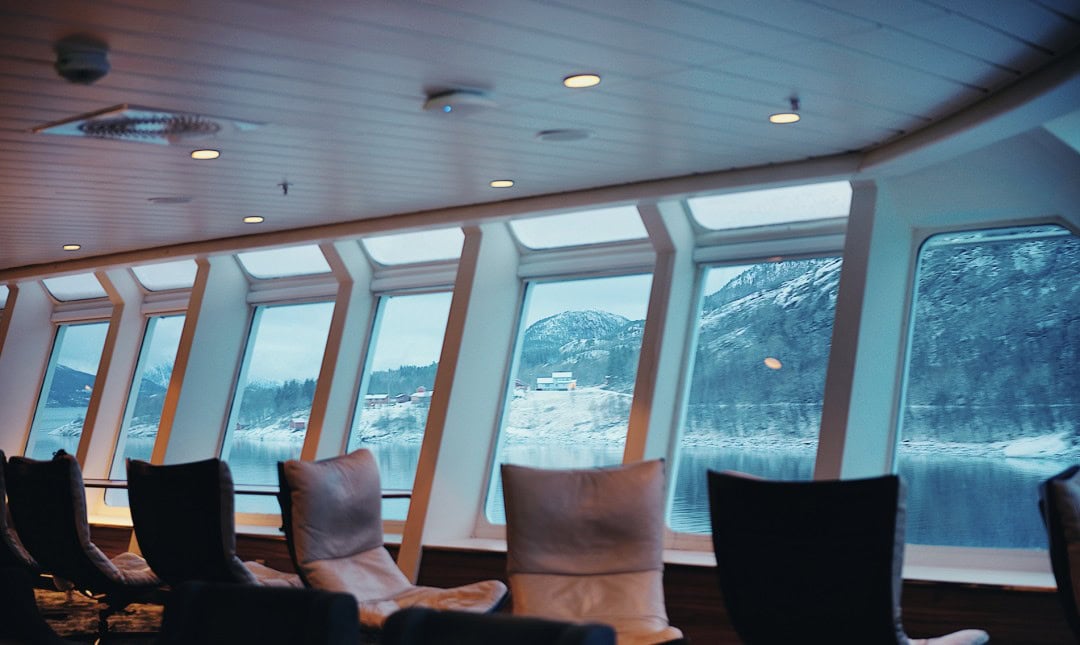
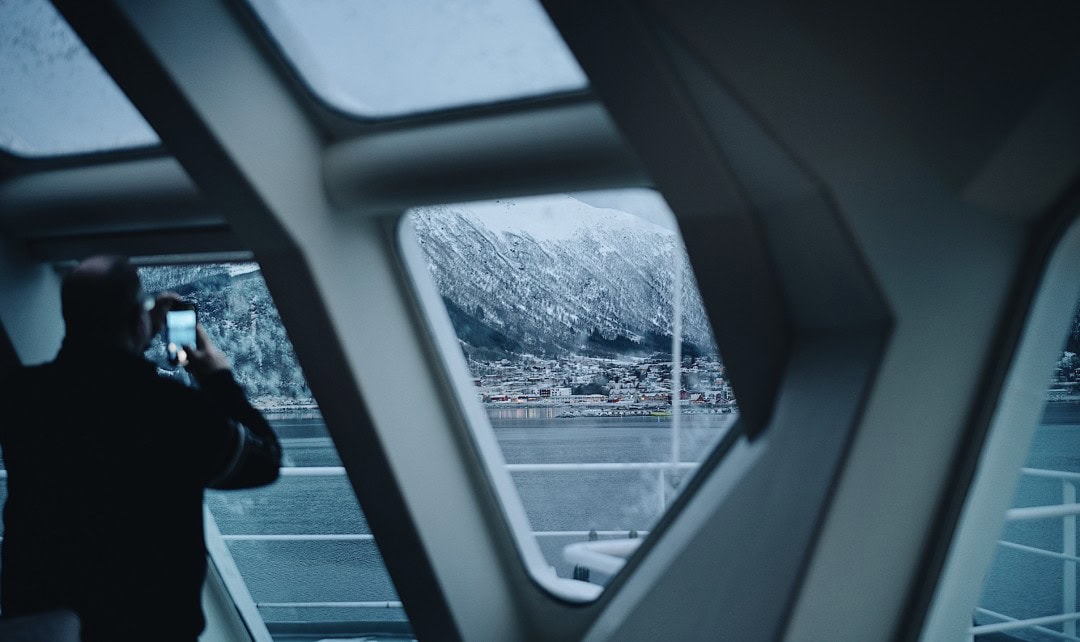
Every day, there is a briefing session to introduce the weather conditions and tourist attractions in the next port of call. Occasionally, these sessions include lectures on Norway’s geography, history, culture, and legends, but unfortunately, they are not available in Chinese.
Getting on and off the ship is very quick, usually completed within about 10 minutes.
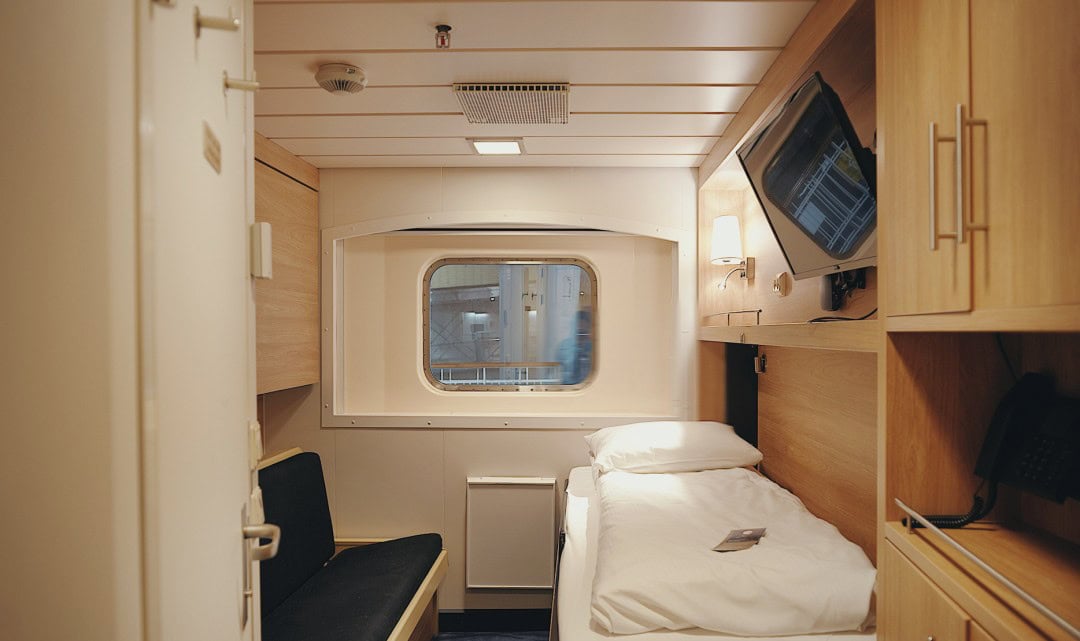
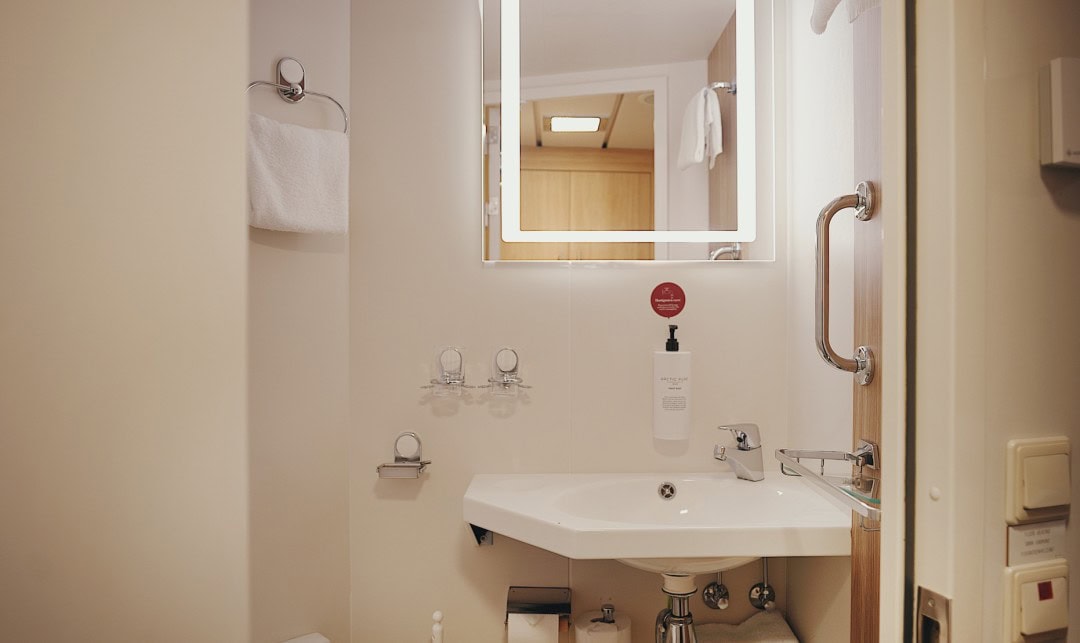
Next, let’s talk about the ship.
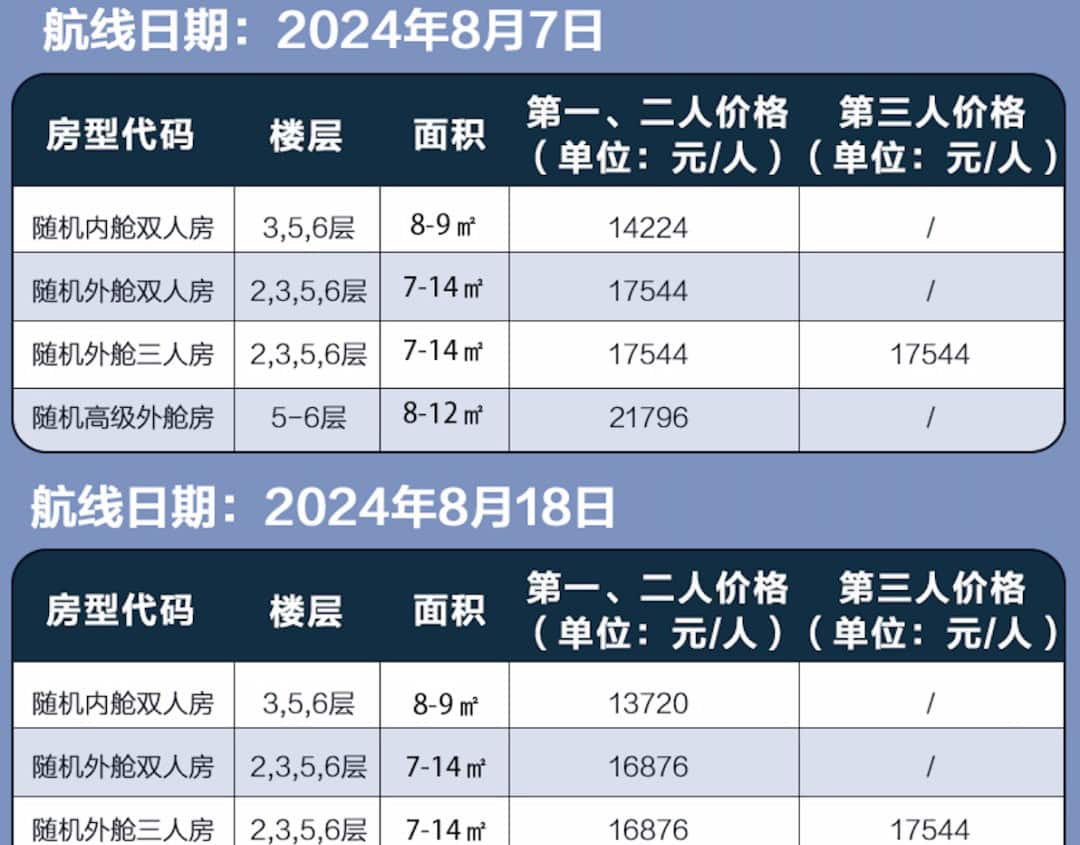
The MS Kong Harald was renovated in 2023 and can accommodate a maximum of 590 passengers, with 498 beds. It is an expedition vessel.
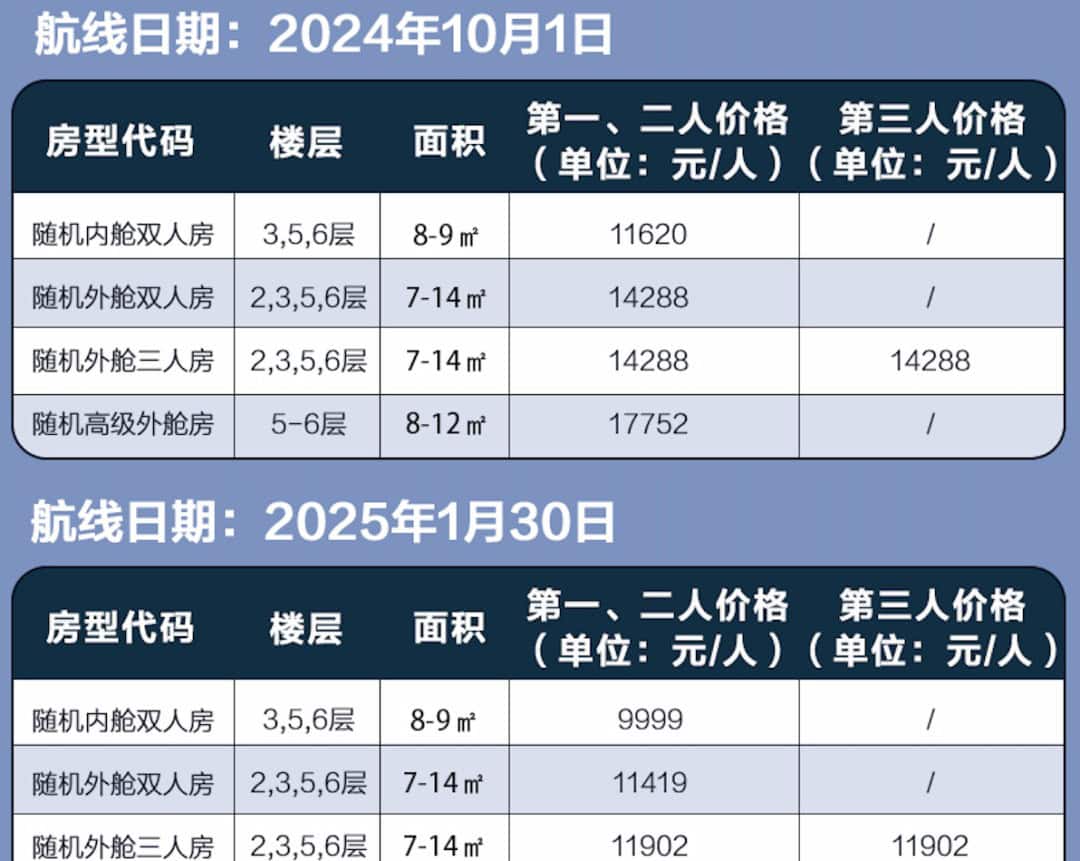
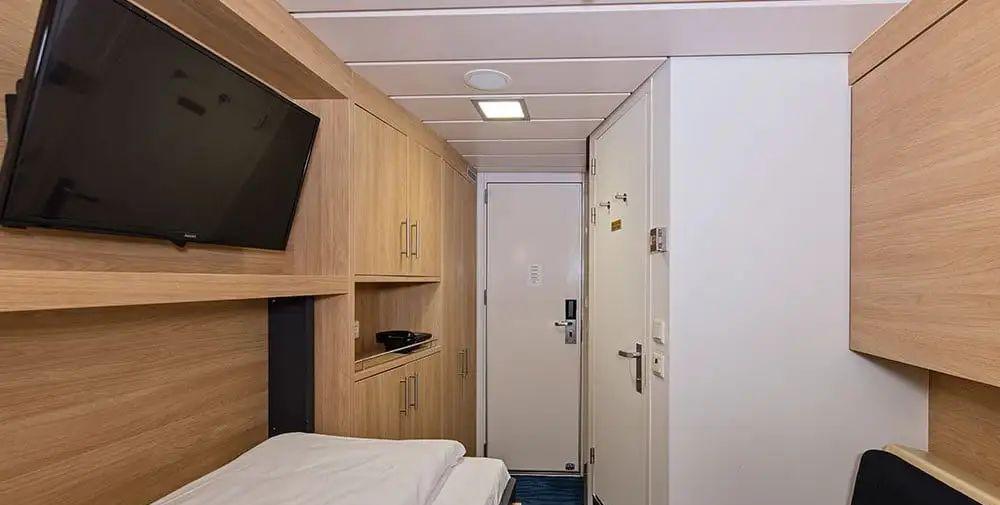
Cruise ships in Norway include saunas and outdoor hot tubs, which are highlights. Enjoying an outdoor bubble bath in the frigid Arctic is quite refreshing.
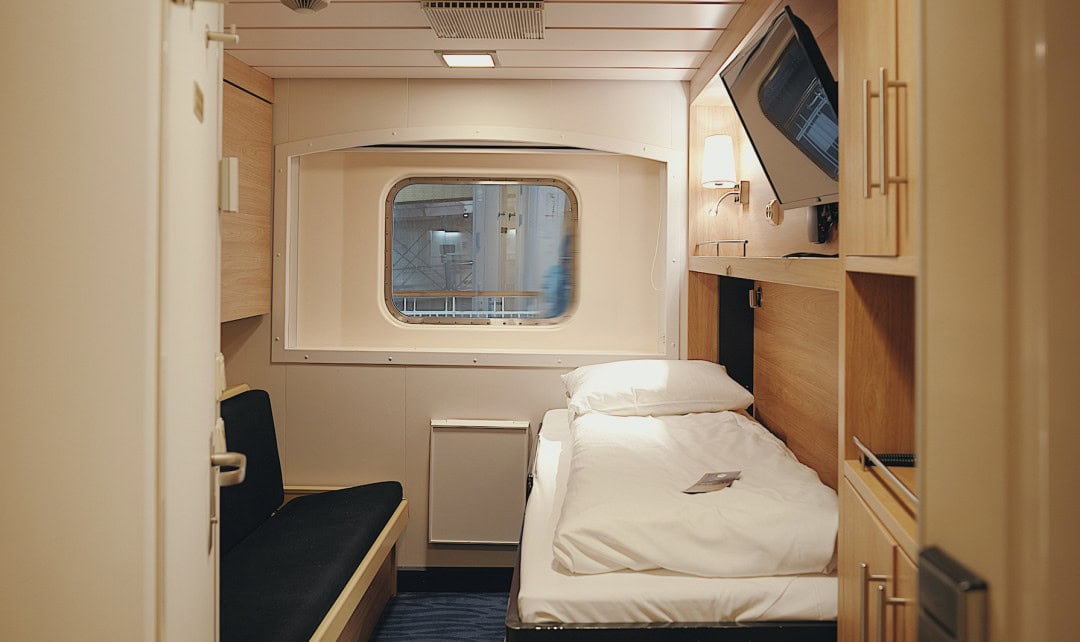
There are three restaurants on board; Torget is the main dining room serving breakfast, lunch, and dinner. Breakfast and lunch are mostly buffet style, while dinner is generally a three-course set menu (though sometimes there may be a buffet).
Kysten is the ship’s upscale restaurant, which is paid dining. Although we didn’t eat there, we took photographs.
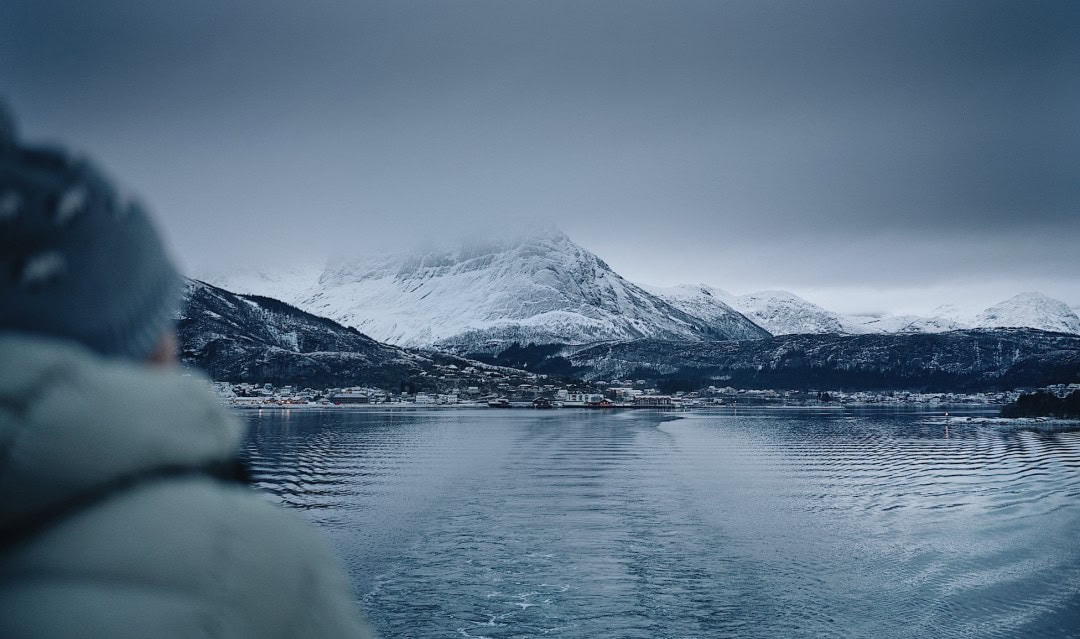
Brygga bistro mainly serves salads, sandwiches, and pizzas.
The 7th deck is the Explorer Lounge & Bar, which undoubtedly offers the best views on the cruise. It’s a perfect spot to relax and enjoy the scenery.
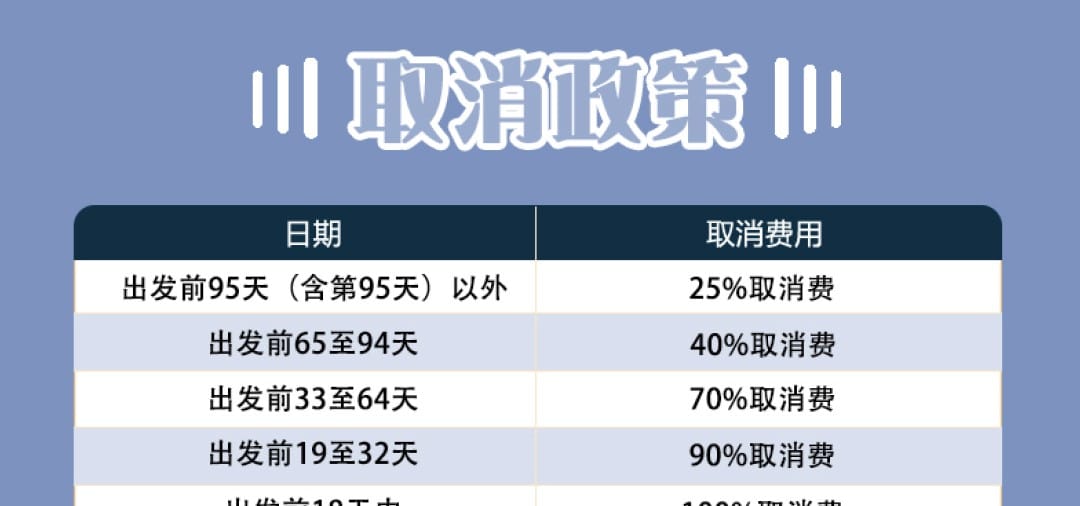
As for the rooms, we stayed in an outside cabin. The cabin features two beds; a pull-down sofa converts into another bed. To be honest, the rooms are not the highlight of Hurtigruten. On this aspect, expedition ships do not compare well with other cruise lines.

Now, let’s talk about the pricing.
Summer will be more expensive since this is the traditional peak tourist season in Northern Europe with more daylight and activities to enjoy.
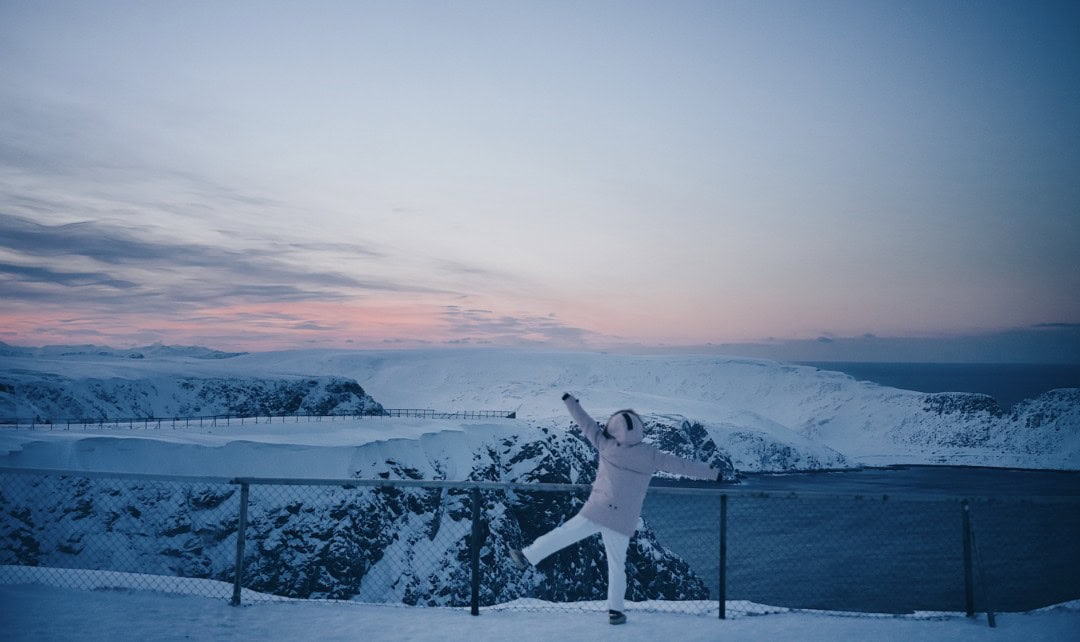
Prices are lower during National Day and Spring Festival; although there’s less daylight at that time, the chances of seeing the Northern Lights are much higher. Moreover, during this time, Northern Europe transforms into a winter wonderland, and the photos included in this article were taken in winter.
The cheapest option is an inside cabin, measuring 8-9 square meters and featuring a private bathroom.
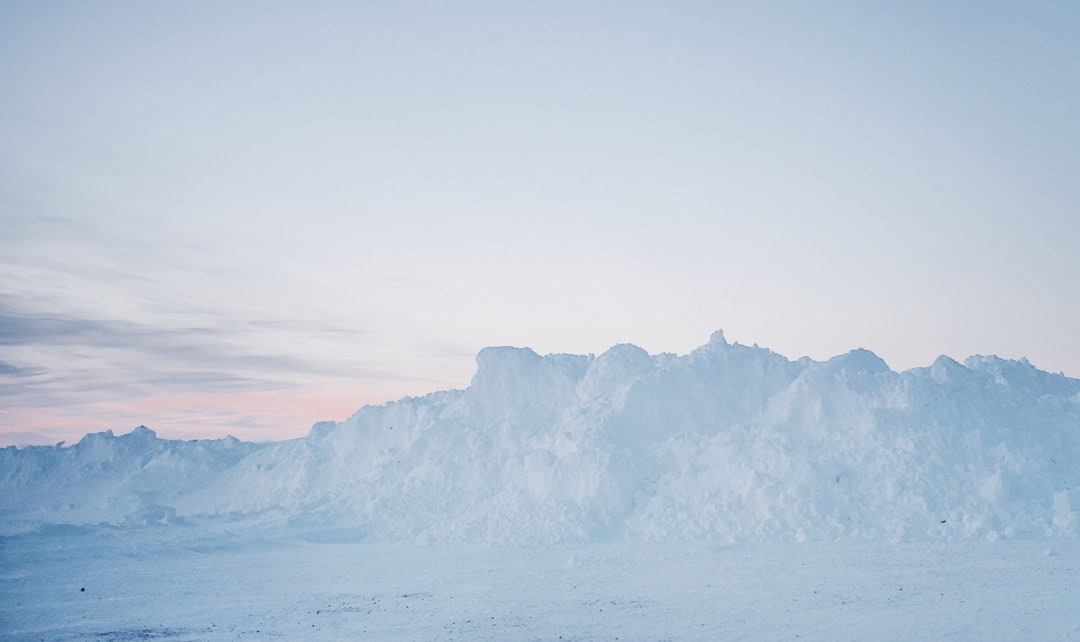
Outside cabins come with a window, but since they are randomly assigned, the view may be obstructed by lifeboats. Personally, I believe outside cabins are relatively more comfortable than inside cabins.

This price only covers the cruise fare and includes three meals a day on board. Based on our travel experience, a visit to the North Cape requires a land excursion, while other cities can be easily explored independently. When you factor in flight tickets and the Norway Schengen visa, the total expenses wouldn’t be too significant. For the National Day and Spring Festival itineraries, an estimate of just over 20,000 yuan in total seems quite feasible.
Be mindful of the cancellation and modification policies. These journeys have fixed dates, meaning there are no second reservations available, and cancellations cannot be made without penalties! It’s advisable to purchase as needed and avoid impulsive spending. Many international itineraries differ from domestic ones; foreign travelers often benefit from early bird prices that provide better discounts. They may not fully understand our concept of flexible cancellations.

